Instrumentation
Gain a deep understanding of GC instrumentation with our expert-designed training. Learn about gas cylinders, hydrogen generators, and gas filters to ensure a clean, stable gas supply. Master inlets such as split/splitless, PTV, and headspace for precise sample introduction. Optimize oven temperature control to achieve accurate separations and peak resolution. Understand the role of ferrules, gas supply, and pressure control in maintaining system integrity. Explore key GC detectors like FID, TCD, ECD, and MS for sensitive and selective compound identification. Designed for professionals in pharmaceuticals, petrochemicals, food safety, and environmental analysis, our interactive courses include animations, real-world knowledge, and troubleshooting tips. Start learning today to enhance your GC skills and system performance.
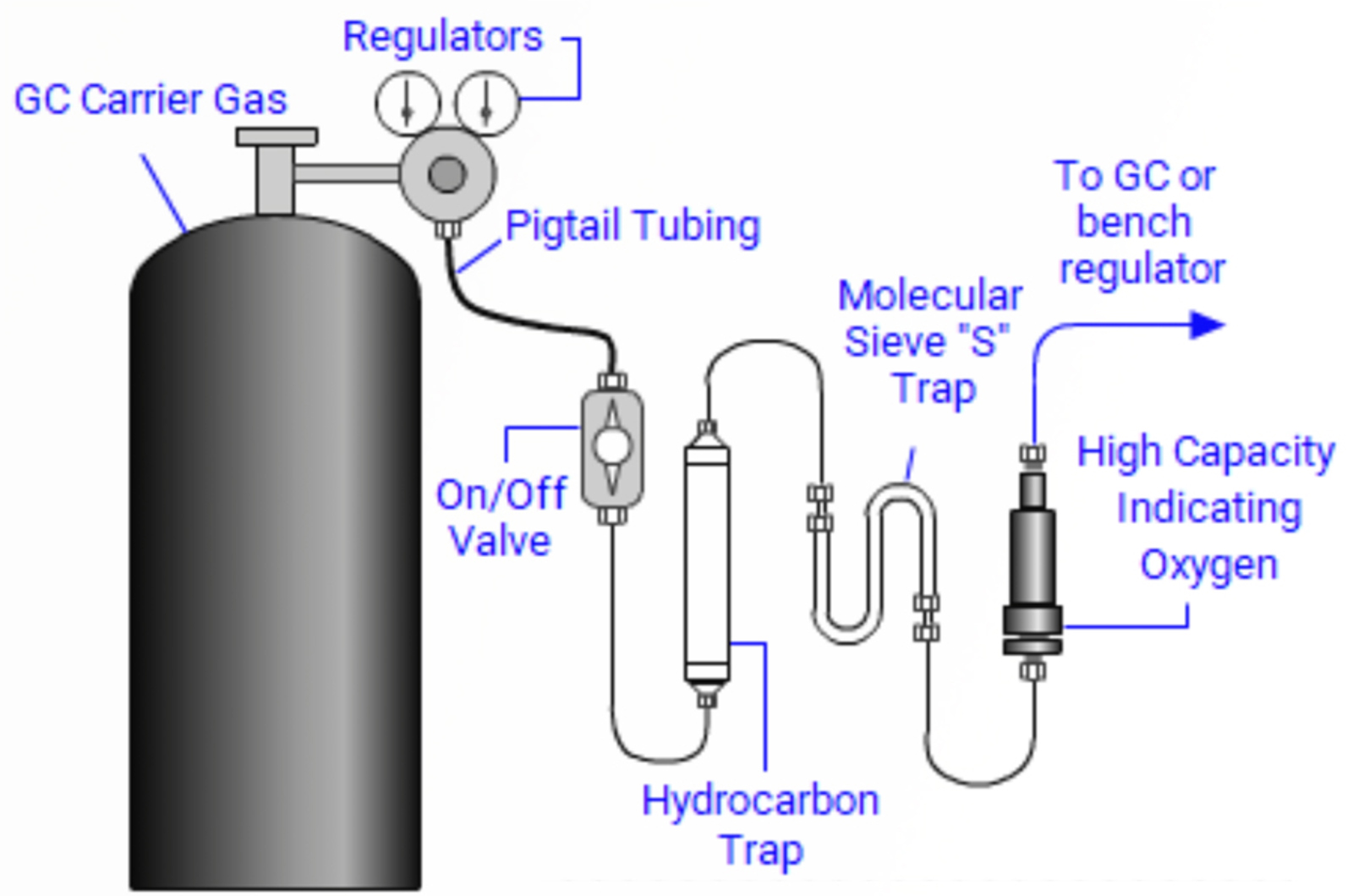
Gas Supply and Pressure Control
The aims of this module include outlining the nature and quality of the gases required for GC analysis, as well as highlighting the various methods for controlling gas pressure and cleanliness including troubleshooting strategies. The use of gas generators as a viable alternative to cylinders for GC gas supply will be discussed. The principles of manual and electronic pressure control for GC carrier, inlet, and detector gas regulation are described as well as the differences between constant pressure and constant flow experiments.
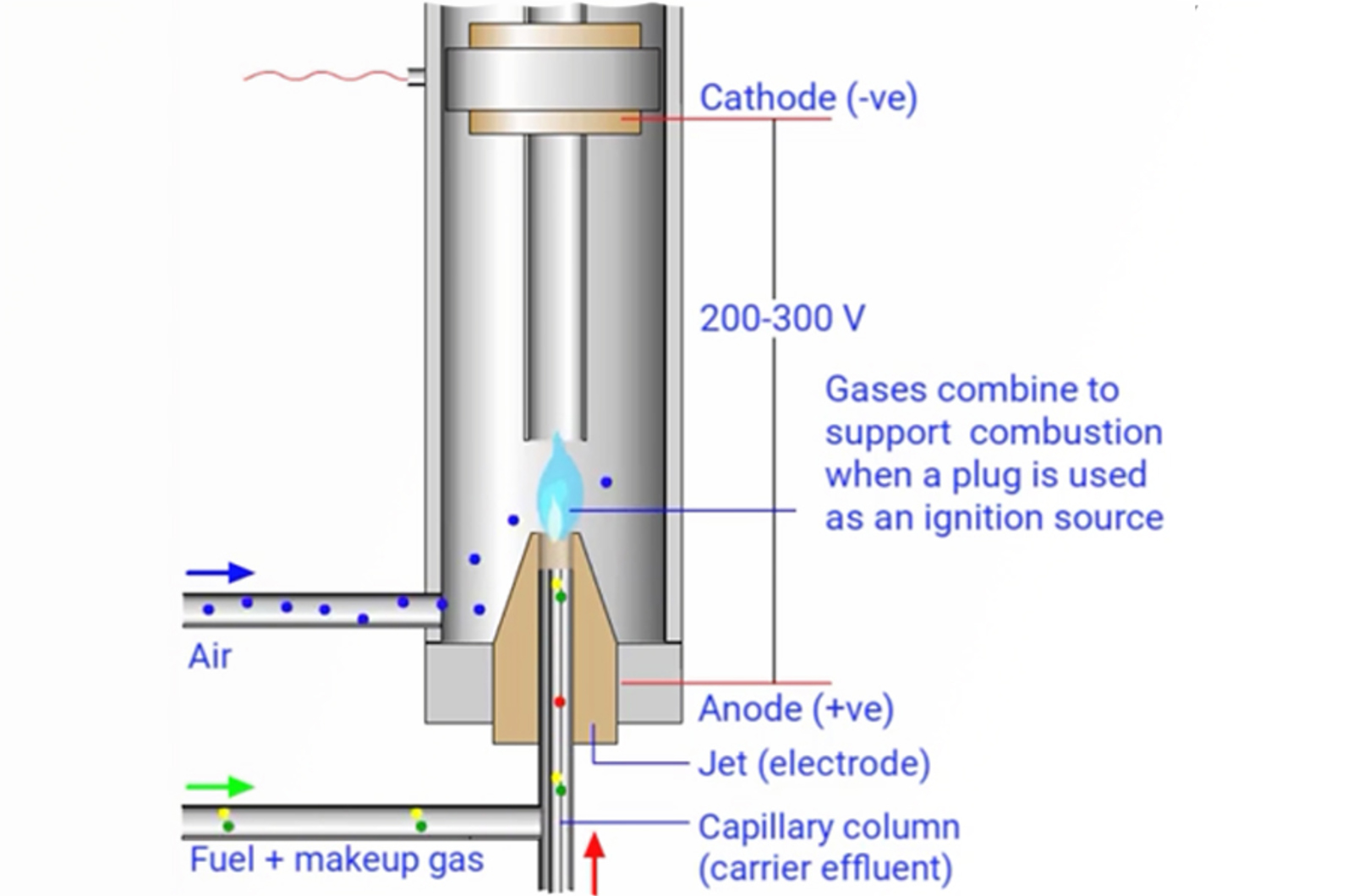
GC Detectors
The aim of this module is to highlight the various detector types available for GC and describe the performance characteristics associated with these detectors. The working principles behind flame ionization, electron capture, nitrogen phosphorous, thermal conductivity, and flame photometric detectors (FID, ECD, NPD, TCD, and FPD, respectively) are explained, as well as the optimization process for each of the detector types.
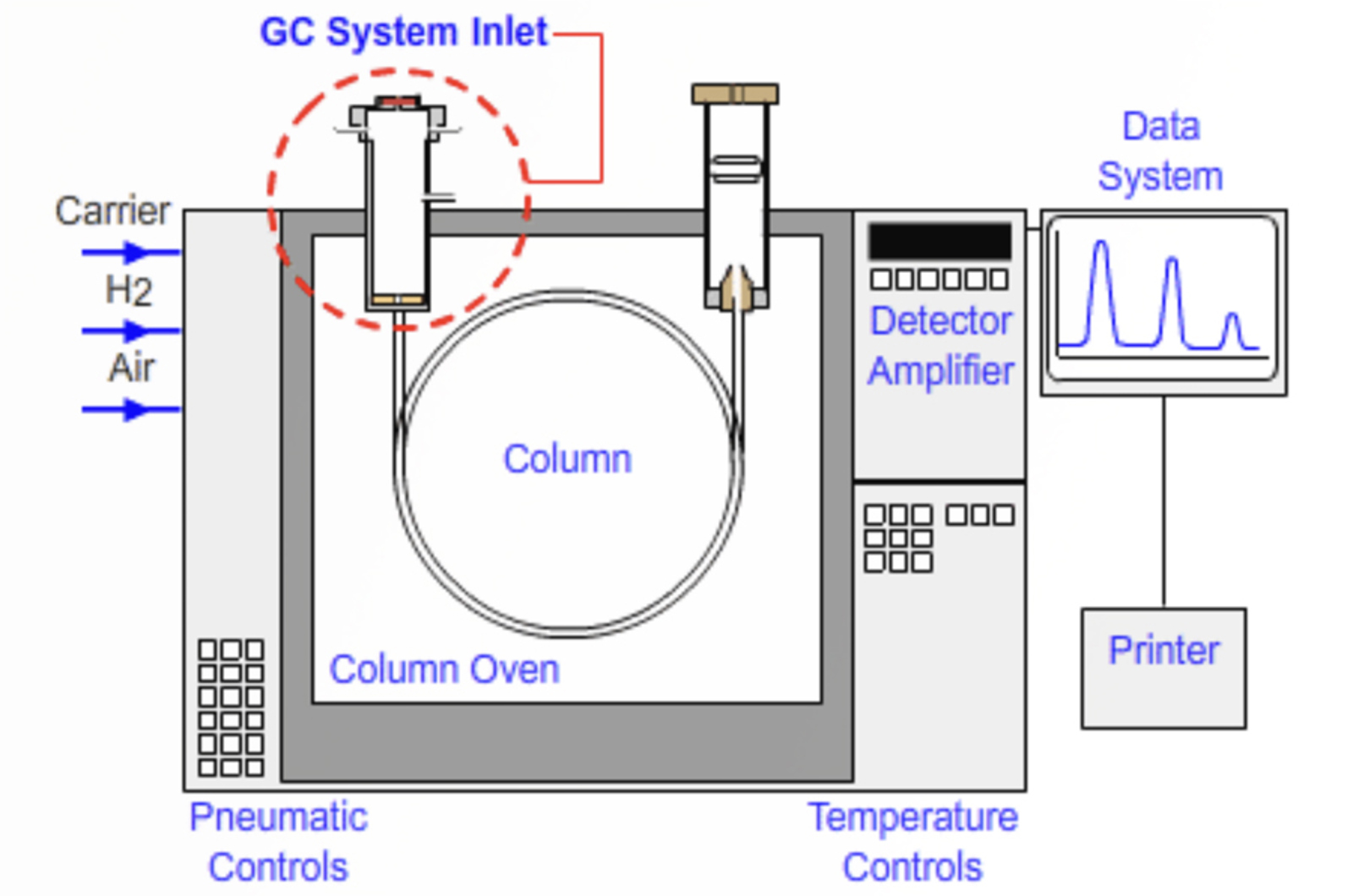
GC Sample Introduction
The aims of this module are to outline the various injector categories for GC as well as describe the components and working principle of split and splitless injectors. We will look at problems associated with each of these injection types and explain how they are overcome practically and give examples of optimizing inlet parameters. The working principles, components, and optimization for a series of common GC inlets are explained, and choices for inlet consumables are also discussed.
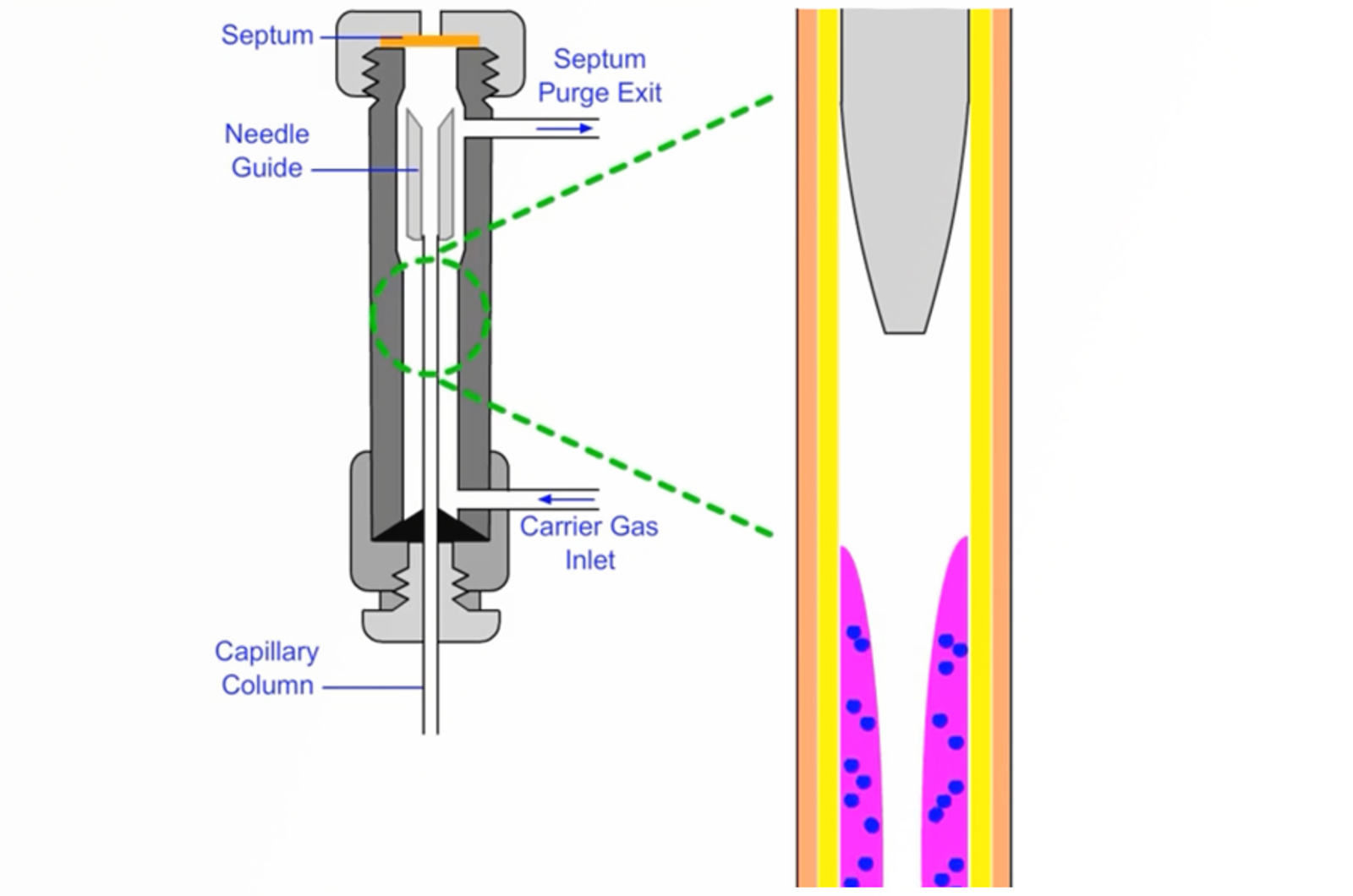
Guard Column or Retention Gap?
This article will look at how retention gaps are used with different modes of injection and how to cost effectively use guard columns. Retention gaps are mainly used for focusing sample components when introducing a large (liquid) sample directly onto the column, whereas, guard columns are used to protect the analytical column from contamination. When using a retention gap system, the retention gap will also act as a guard column, but its primary function is to create a focusing effect.
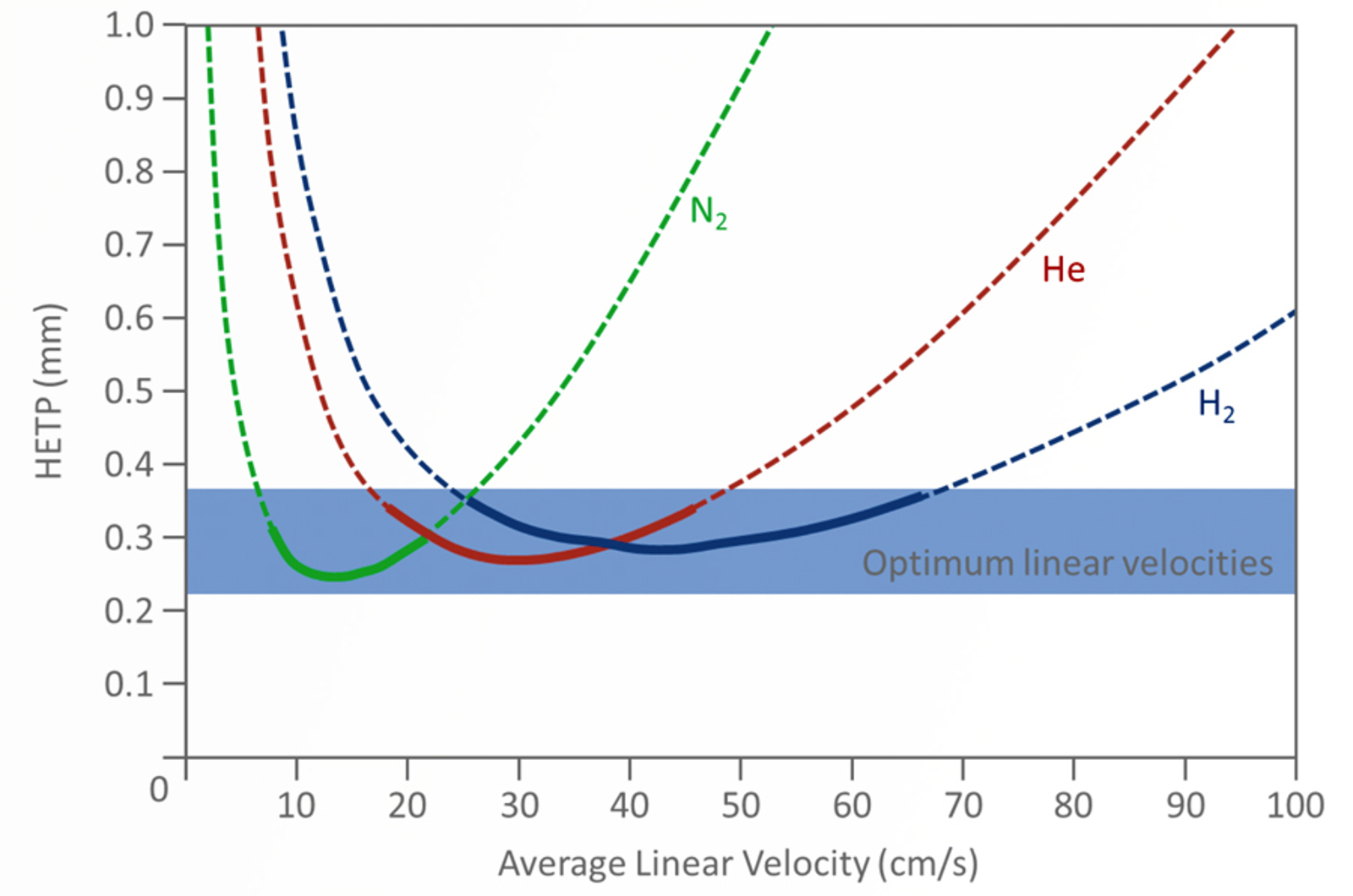
Helium to Hydrogen - A Change Would Do You Good
Change is always a scary concept but let us dispel some of the fear associated with changing your helium carrier gas to hydrogen by answering some of the most common questions posed to us.
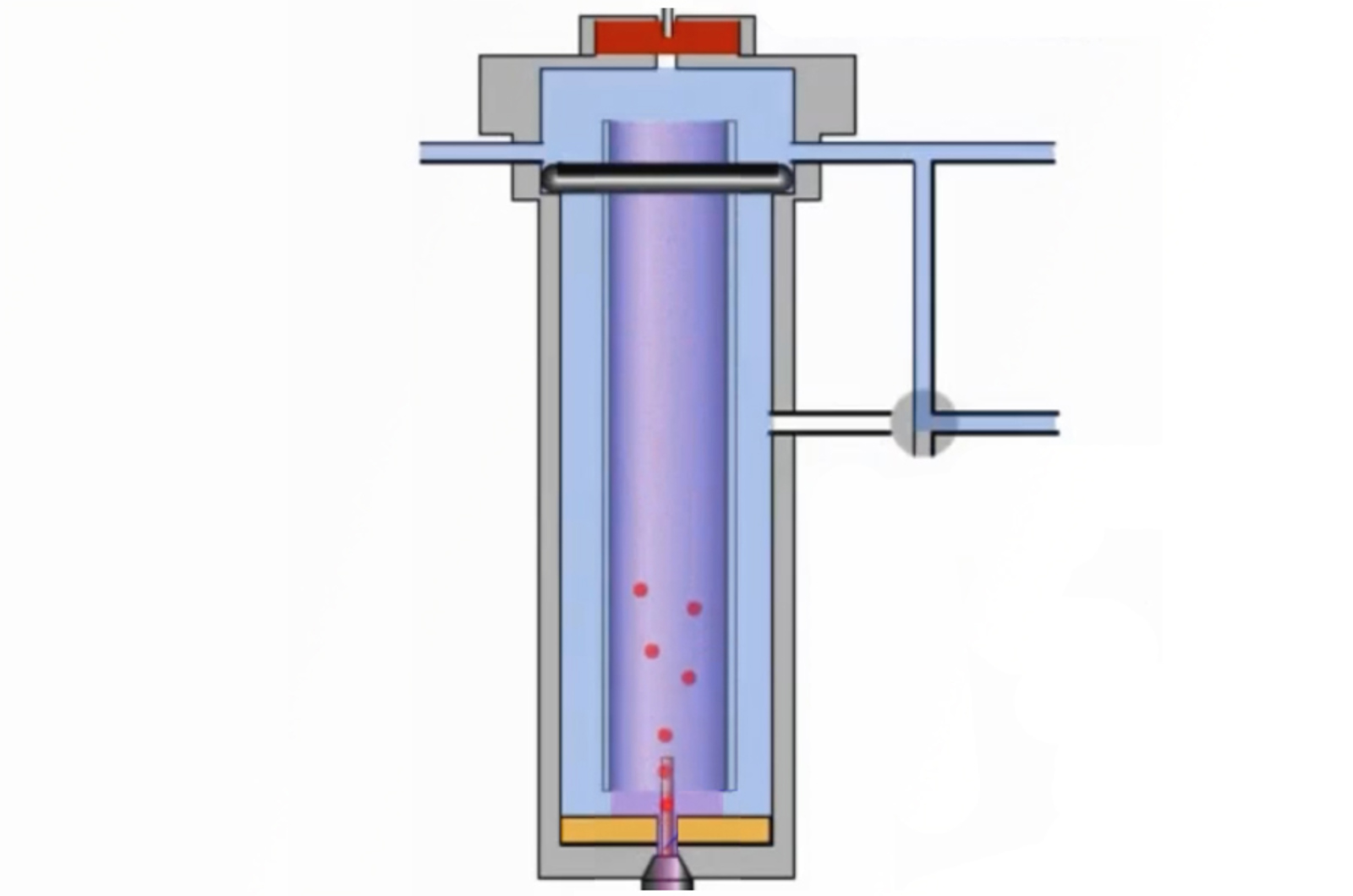
GC – Optimizing Splitless Injection
Splitless injection is incredibly useful for trace analyses. However, it is more complex than the analogous split injection as there are several parameters which should be optimized including initial oven temperature, splitless time, and solvent polarity. Understanding how to correctly set up this injection type will provide robust and reproducible analytical results.
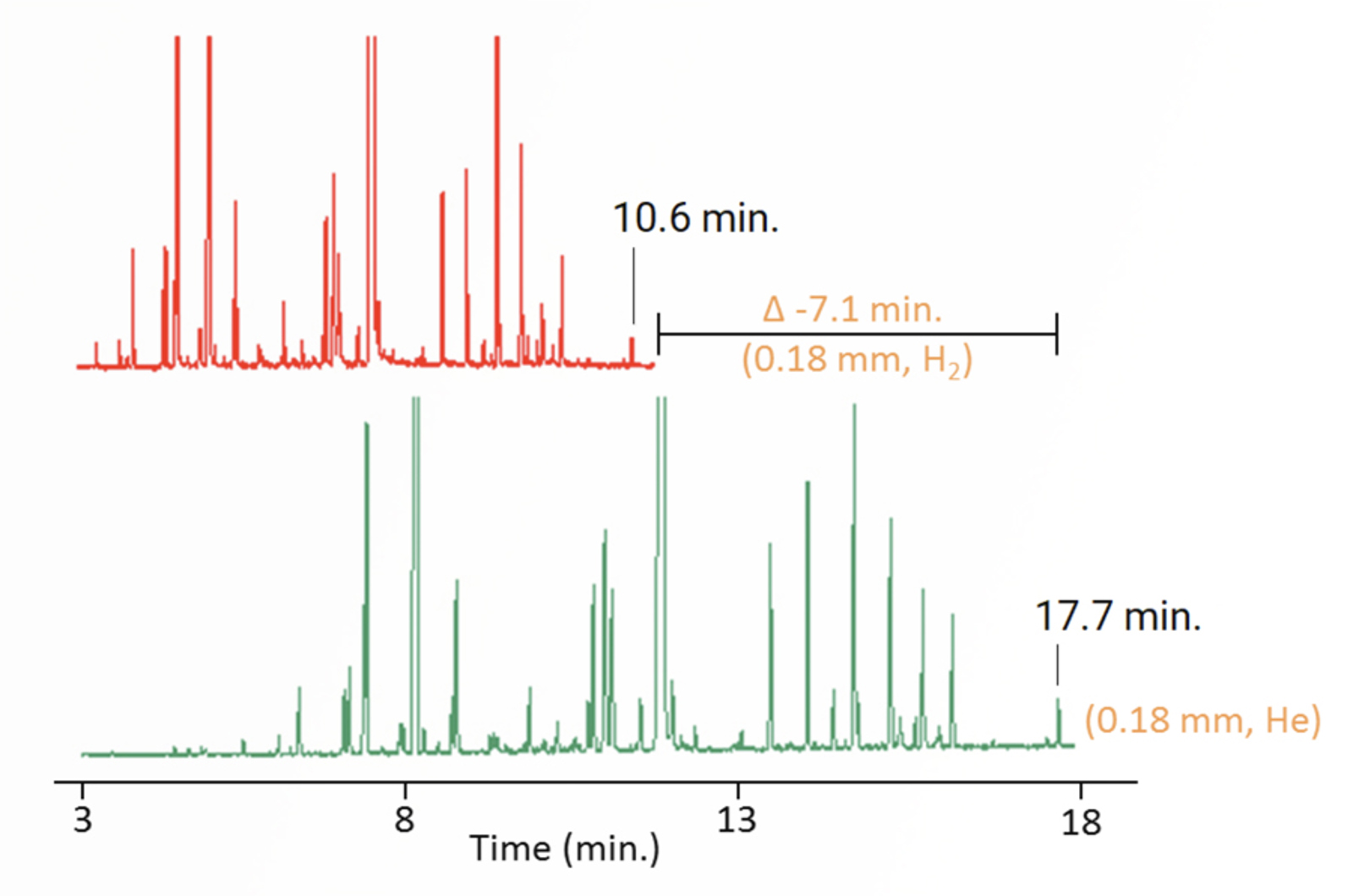
Is Hydrogen the Best Carrier Gas for GC?
Is hydrogen the best carrier gas? And if so what benefits can we gain from using it?
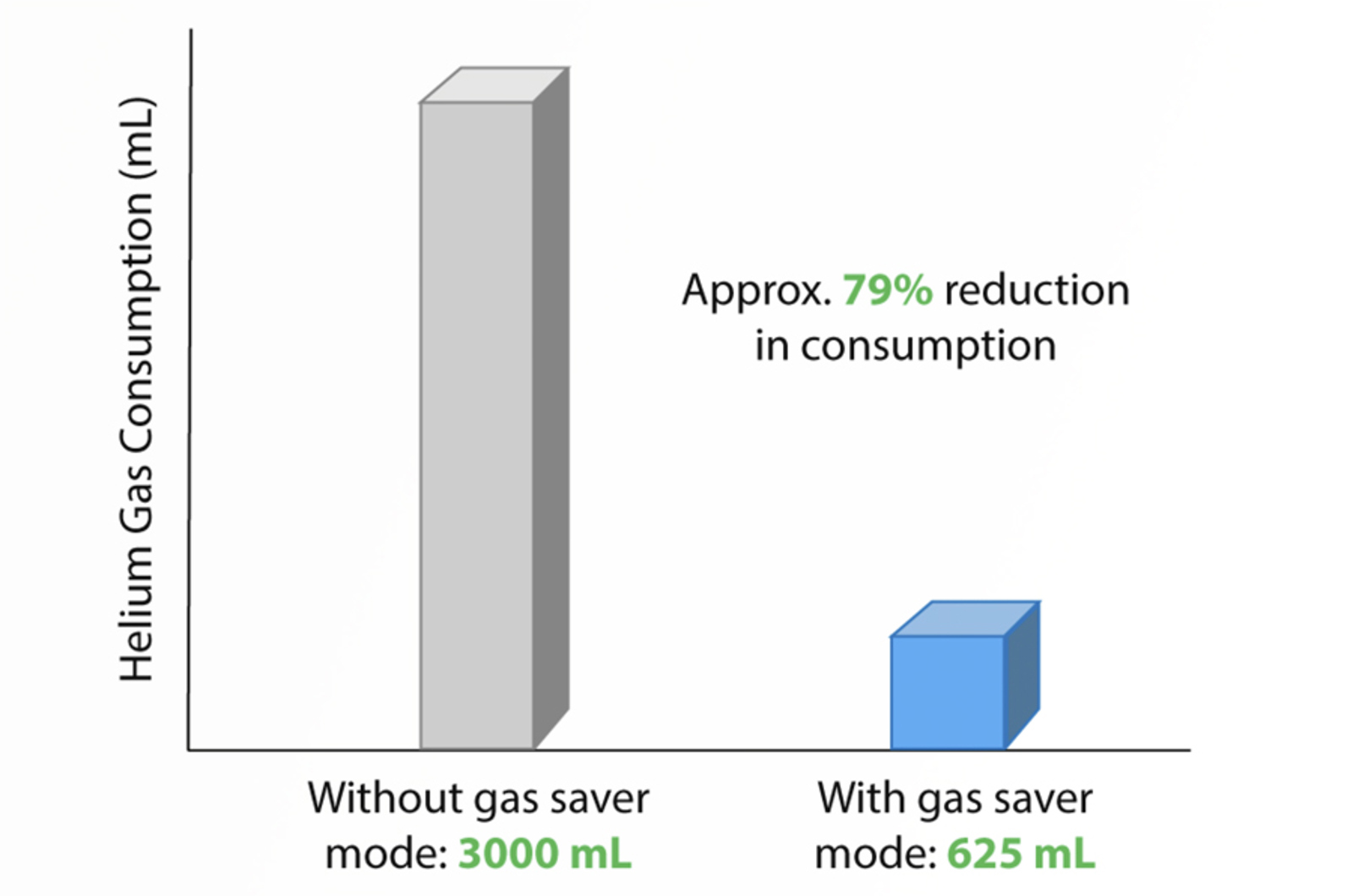
The Wonder of Gas Saver Mode
Practical GC tips and tricks to help improve your analyses. The benefits of using gas saver mode to reduce carrier gas consumption is the focus of this quick guide.

Crimes Against GC Gas Filters
Are you guilty of any of our most commonly committed crimes against GC gas filters?
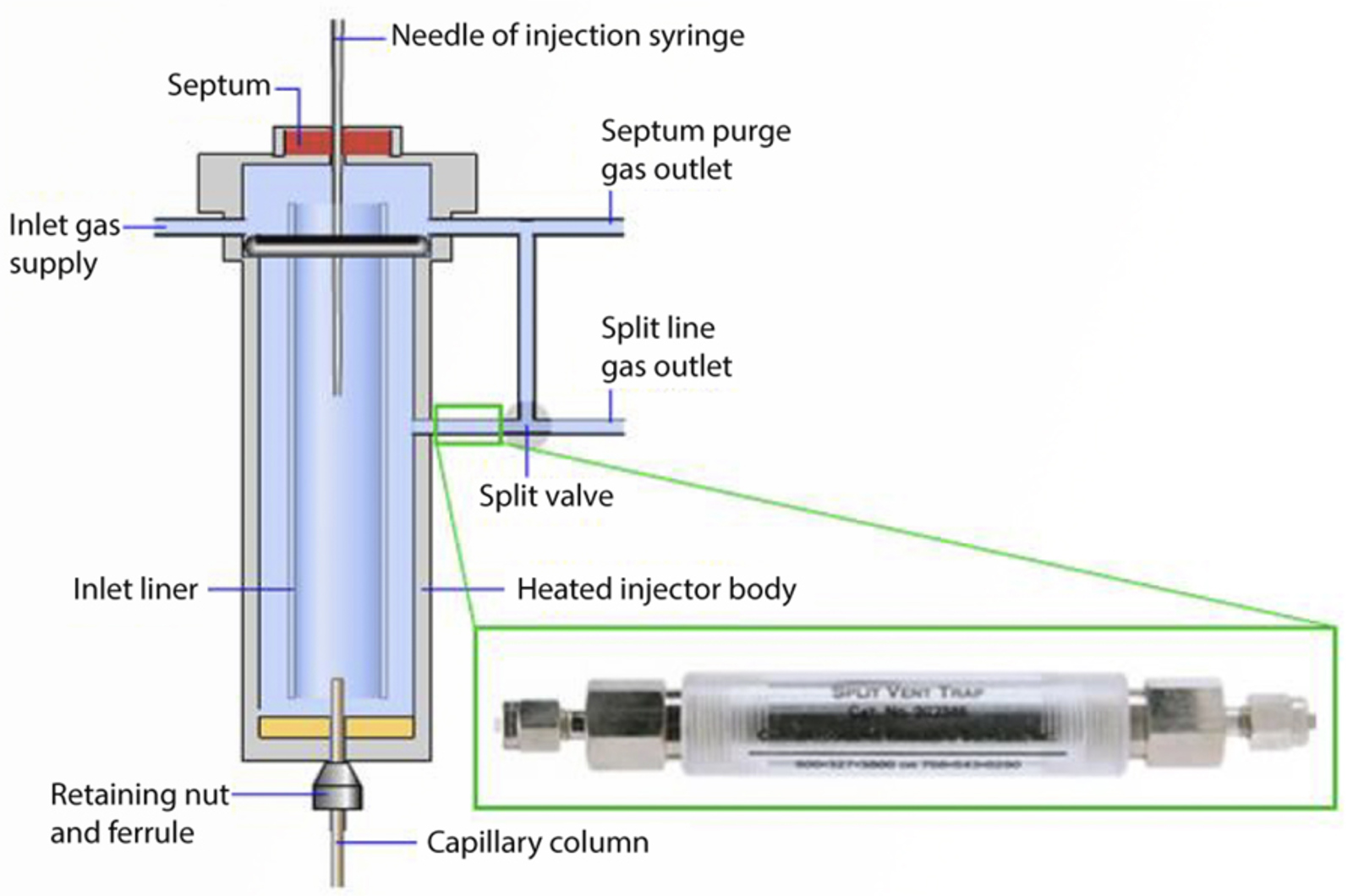
GC Inlet Maintenance - Split Vent Trap
The split vent trap is an impregnated carbon filter which serves two purposes. Firstly, it protects carrier gas regulation components (for example, the back-pressure regulator which is housed after the split line) in the short term from performance-degrading perturbations because of injection, and in the long term from accumulation of sample residues that also can affect performance.

GC Setup Checklist
Correctly setup your GC every time and achieve the optimum results with this handy checklist.
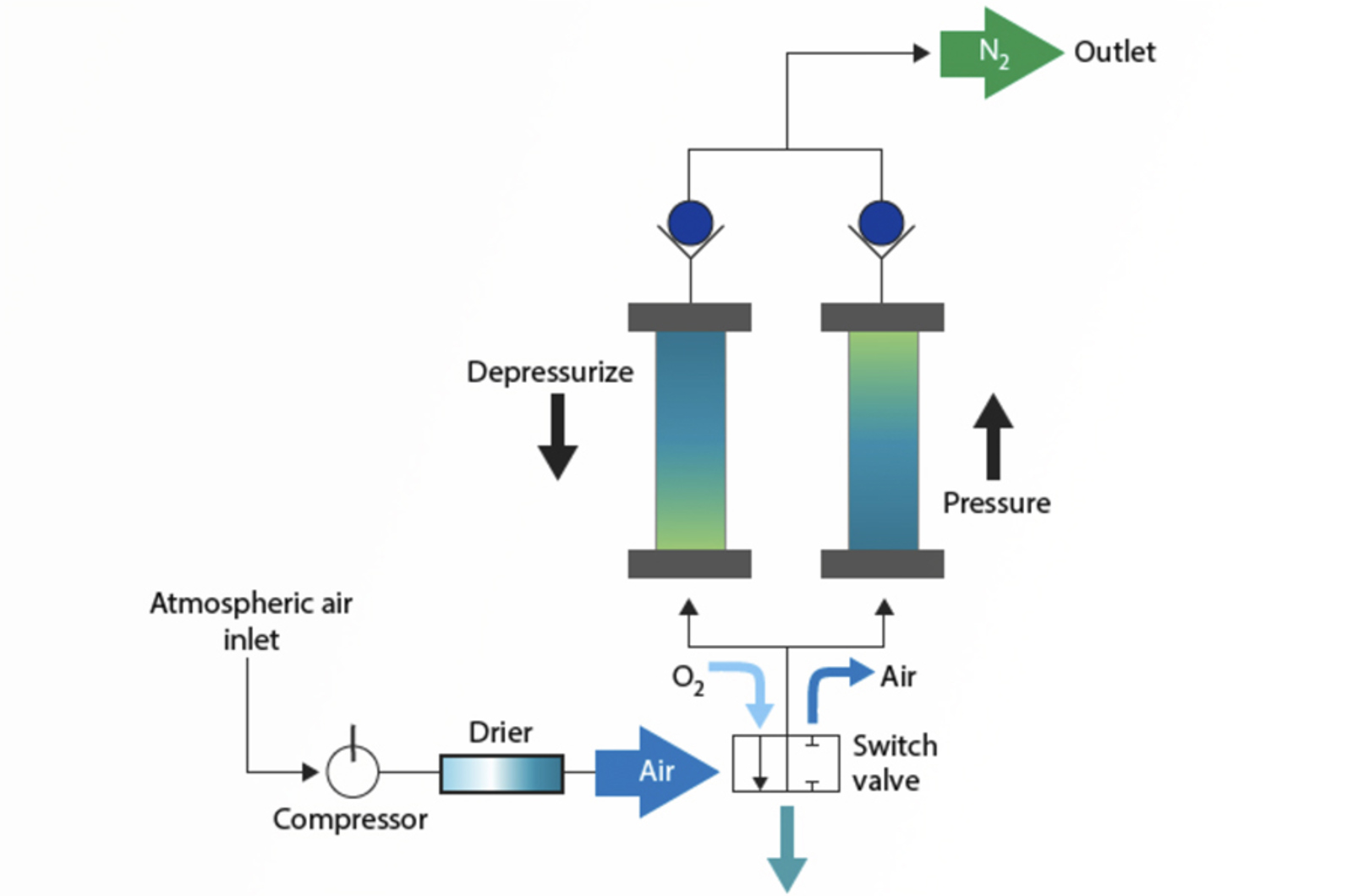
Quick Guide to Using Nitrogen as a Carrier Gas for Capillary GC
Helium is the most routinely used carrier gas for capillary GC, however, with the pressure of limited worldwide supply resulting in its increasing cost there have been moves to use alternatives. Some laboratories are turning to often forgotten nitrogen. Although there has been little favor shown to nitrogen in recent years due to the desire for faster analyses (nitrogen produces longer run times) it is a highly applicable carrier gas for many capillary GC separations.
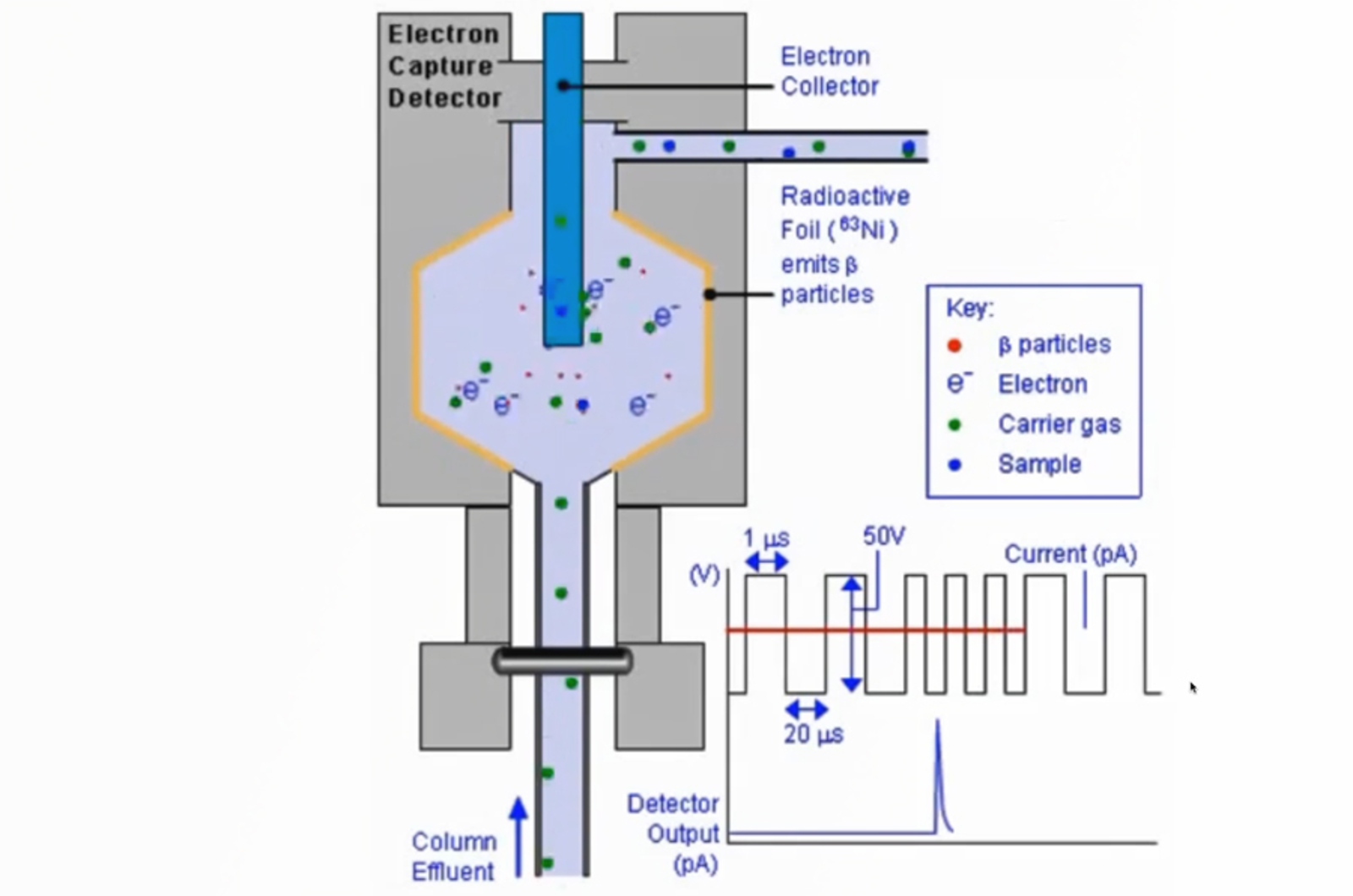
GC Detectors - ECD
The electron capture detector (ECD) is a selective GC detector. It is incredibly useful when analyzing analytes which are capable of capturing electrons – for example halogenated compounds. While this detector is specific and sensitive it is possibly one of the trickier GC detectors to operate. This short video will look at the fundamental operating principles as well as how to optimize the detector.
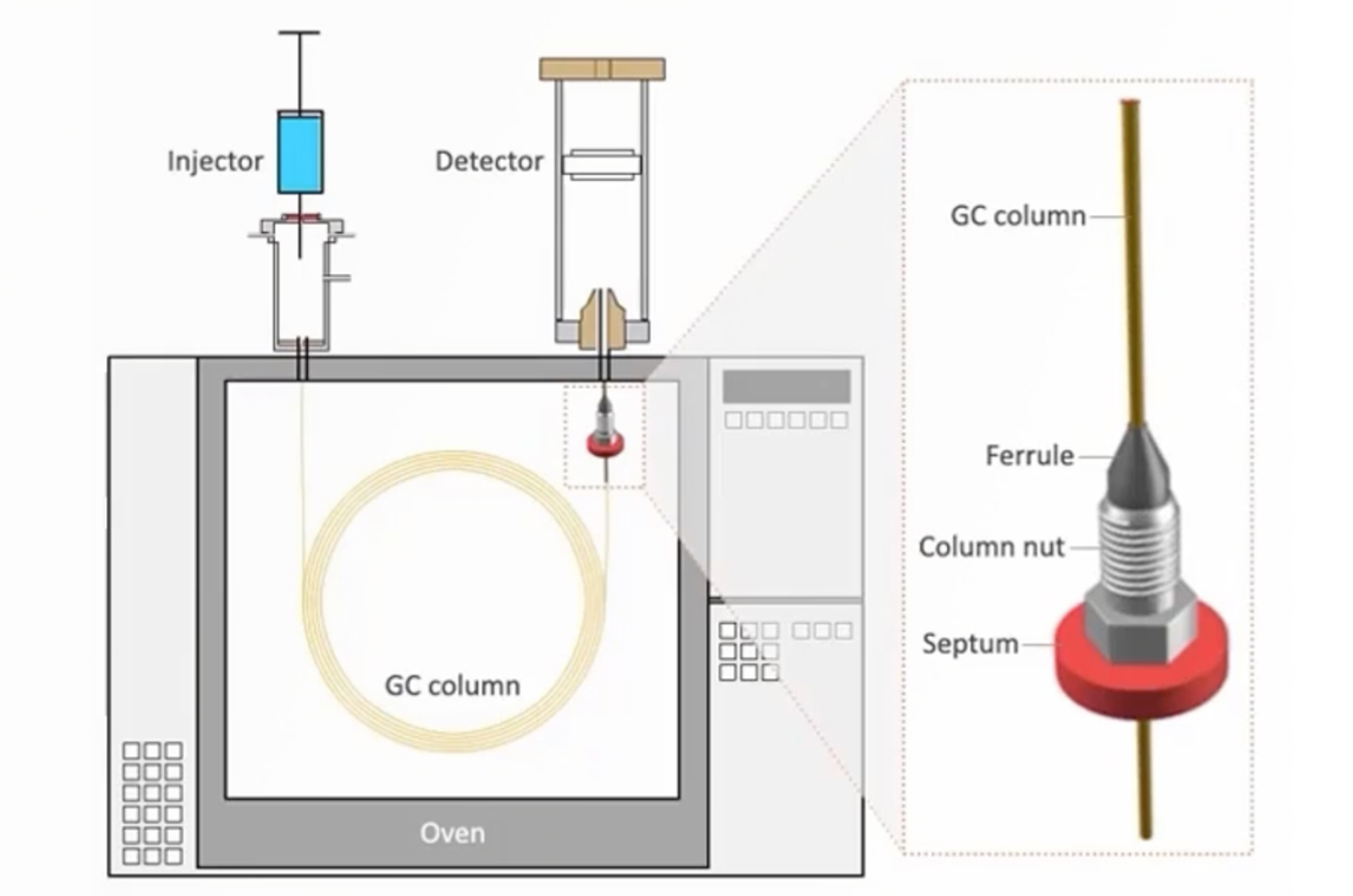
Practical GC Tips
Important samples? In a hurry? Forgotten anything? Avoid the walk of shame to tell the boss you need to repeat yesterday's GC analysis... because you forgot to check something really simple.
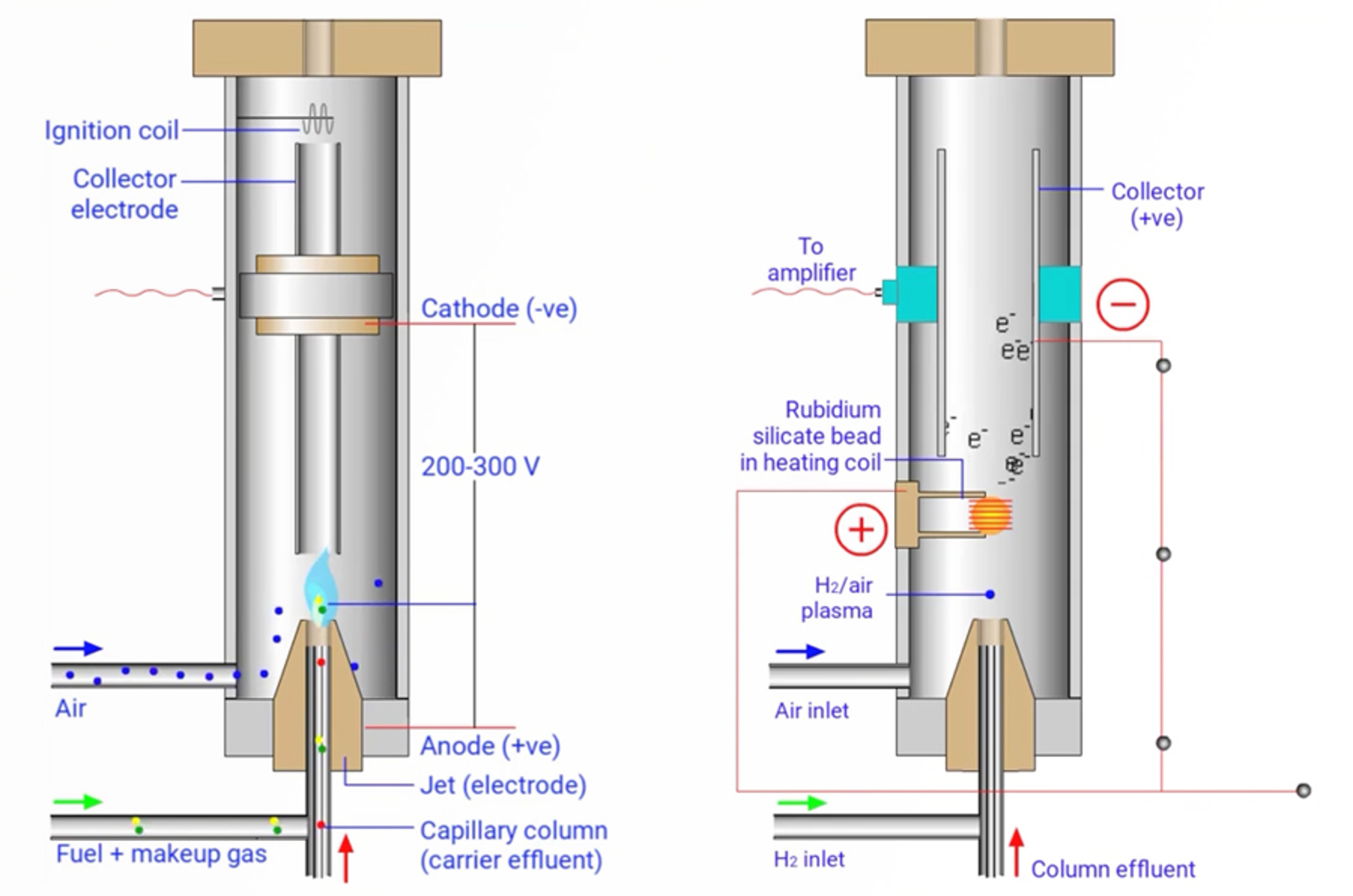
Understanding and Optimizing Detectors for Capillary GC
This webcast brings you practical help in the laboratory to understand how capillary GC detectors work and what parameter settings we need to optimize to get the best operational sensitivity and best advantage out of each detector types.
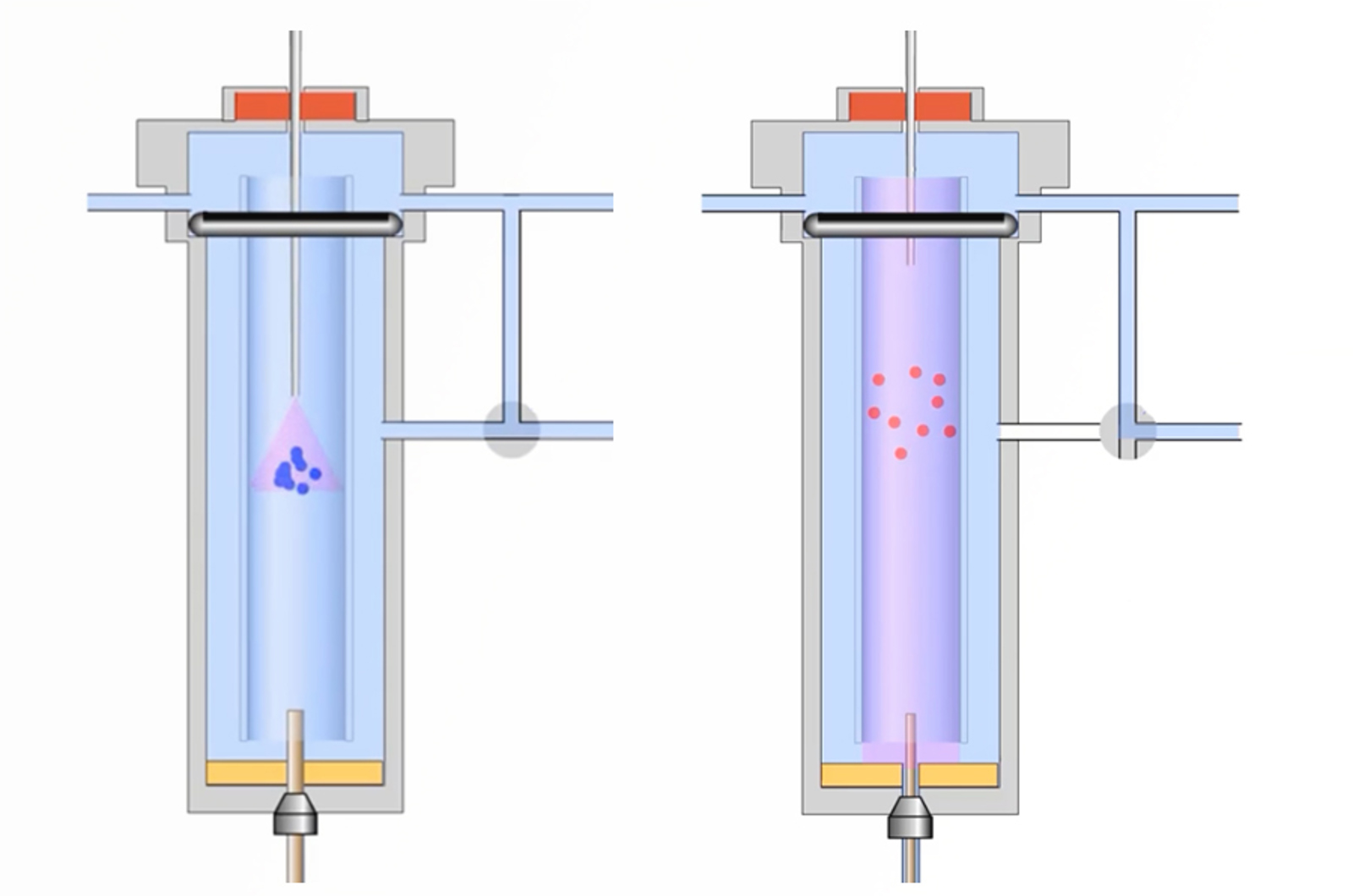
Split/Splitless Injection For Capillary GC
This webcast focuses on the working principles of the split/splitless inlet.
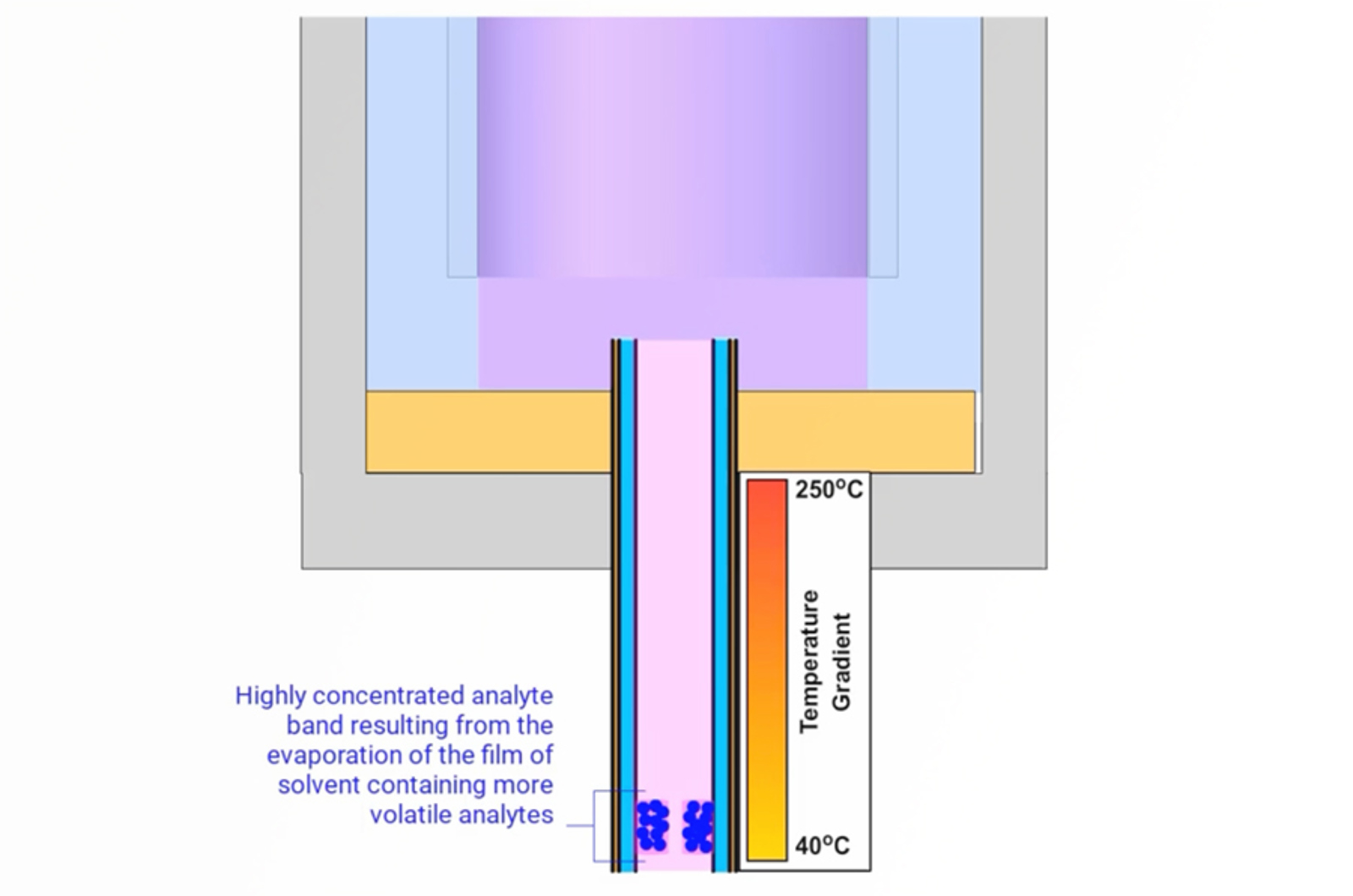
Understanding GC Methods
In this webcast we will take an in-depth look at principles of GC sample introduction and the associated variables which need to be defined in GC methods. We describe the principles of sample injection and describe in detail how method variables are set and optimized using real life good and bad method examples.
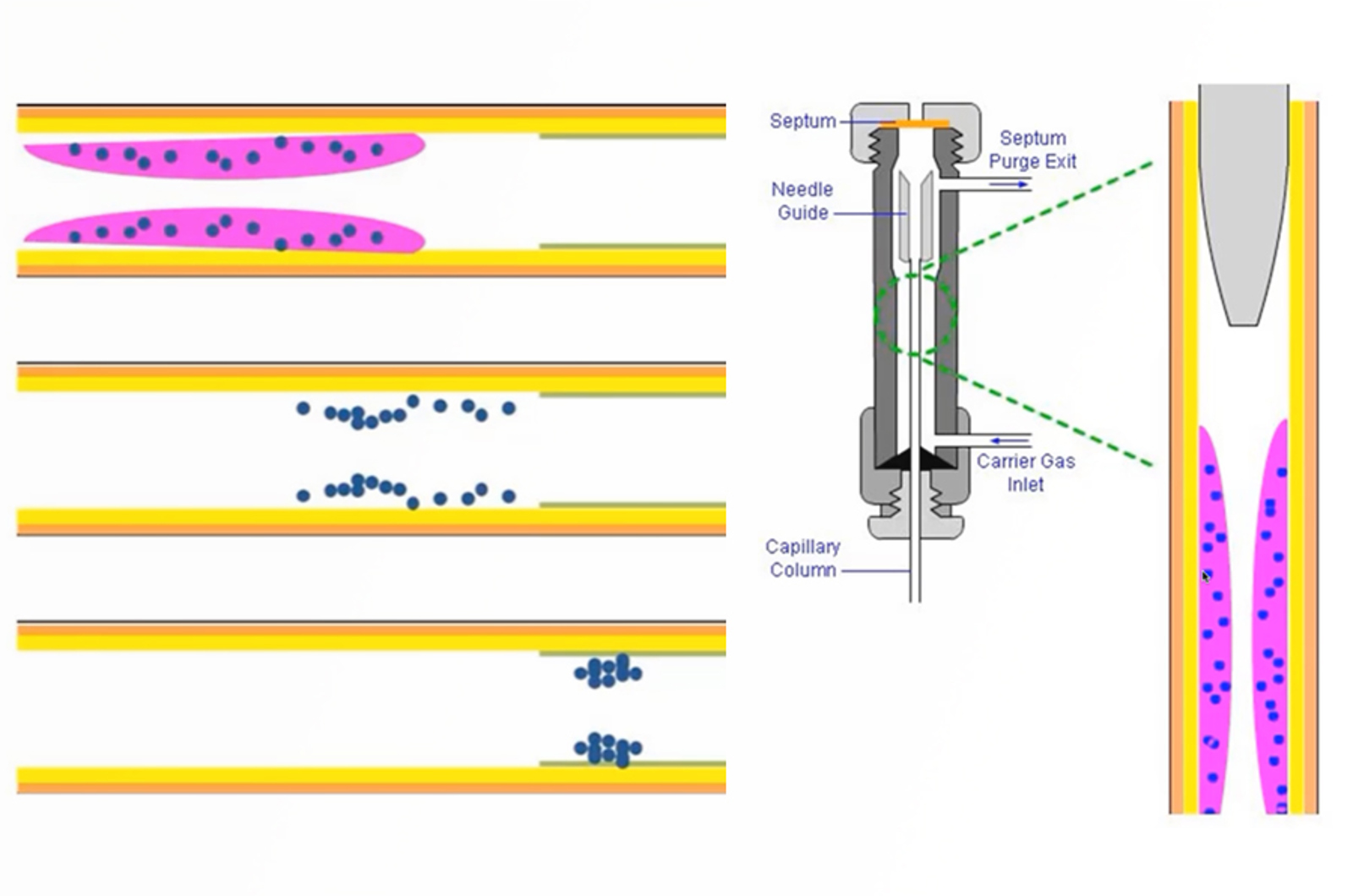
10 Things You Didn’t Know About Your GC
Gas chromatography (GC) is widely used in variety of application areas, yet rarely is the application or equipment properly optimized. With nearly 70 years of use since its invention in 1947, much is known about the technique however, there is always room for everyone to sharpen their practice, so we’ve put together 10 of our favorite lesser known facts which we think will have a positive impact on your GC data.
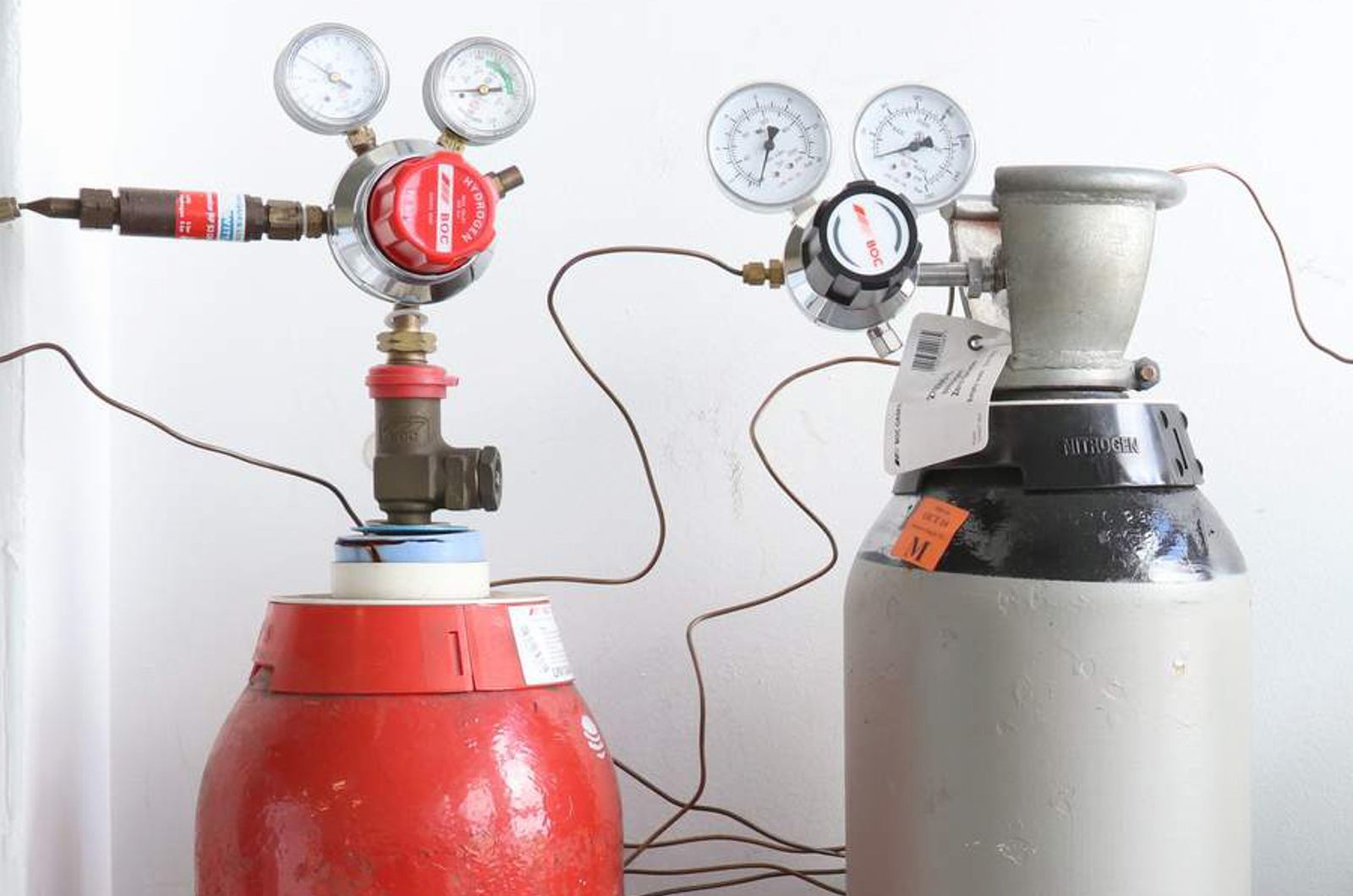
Gas Quality for GC
This webcast will discuss all of the important considerations on selecting the correct gas with the correct cleanliness for your GC system and detector. Common problems will also be highlighted in order for GC users to spot them quickly when they occur.
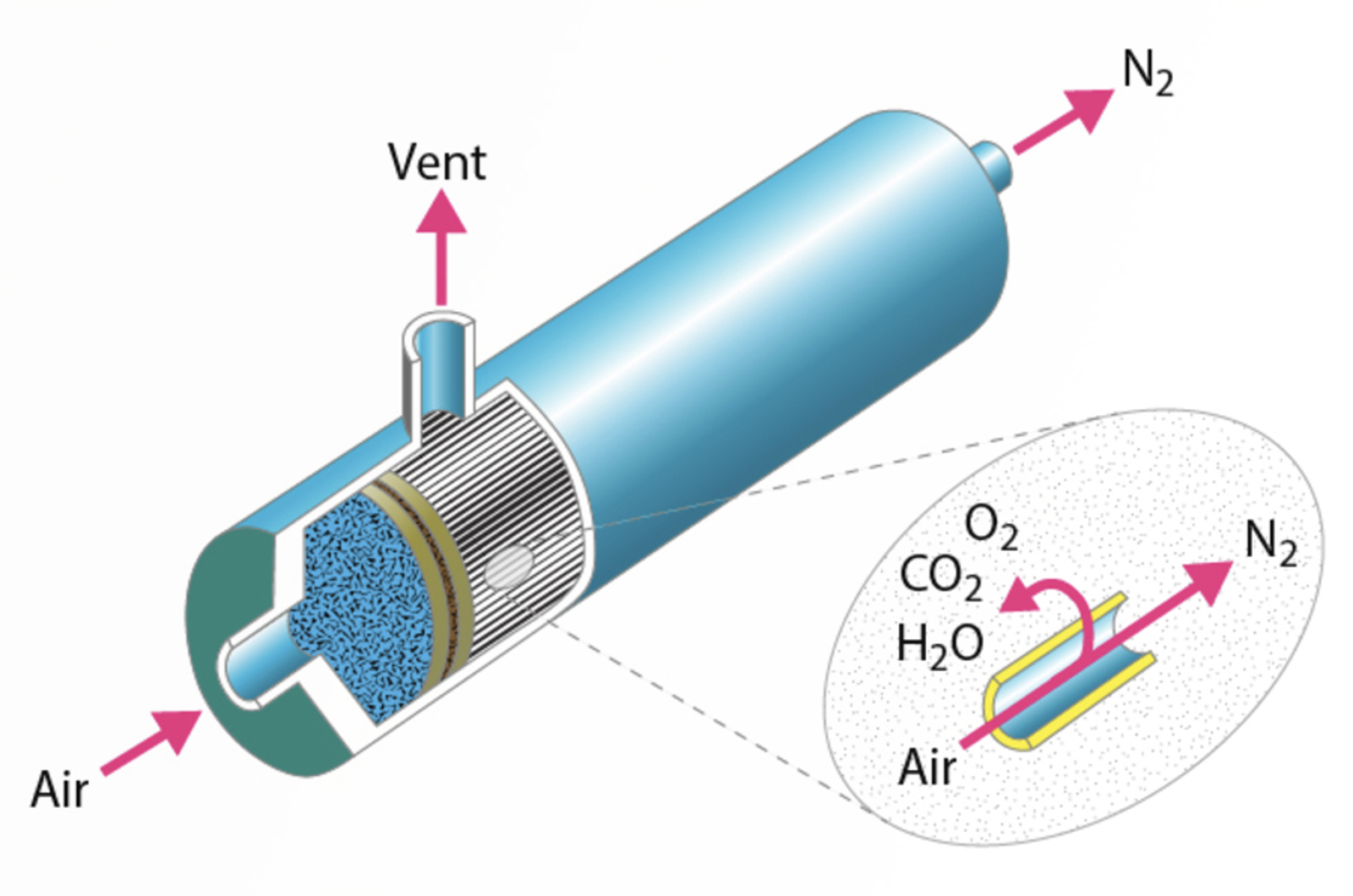
Nitrogen as a Carrier Gas for Capillary Gas Chromatography
This educational event will explain how to identify methods which may be compatible with nitrogen carrier, and shows how method translation can be used to establish acceptable chromatographic performance. We will also discuss the use of narrower internal diameter capillary GC columns to give comparable performance to existing methods and for high efficiency when developing new methods with nitrogen carrier.
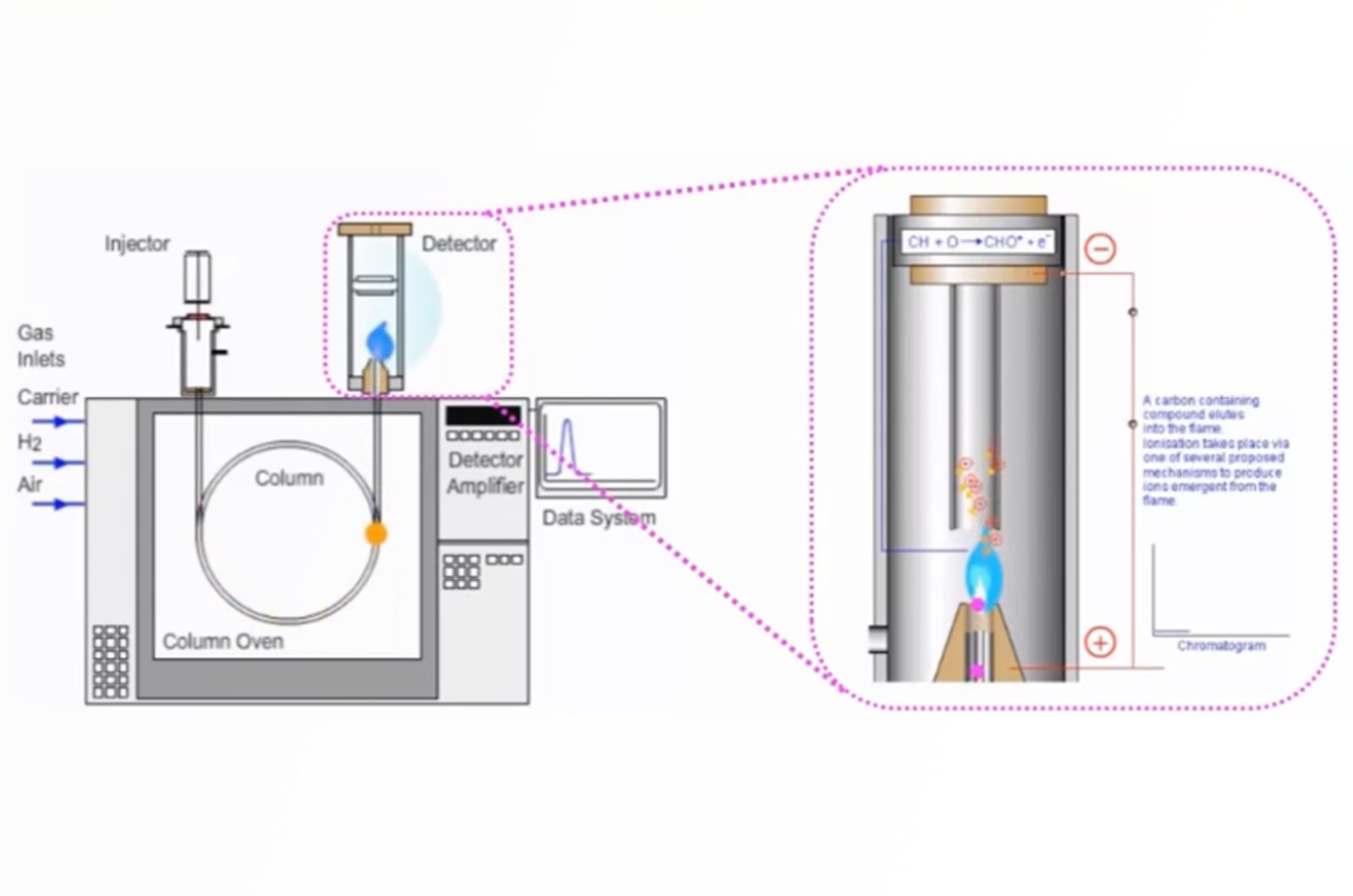
Optimize and Troubleshoot Your GC Detectors
This webcast will discuss the most commonly used GC detectors. The requirements for gas flows and cleanliness, how to optimize detector settings, and strategies for troubleshooting problems will be covered.
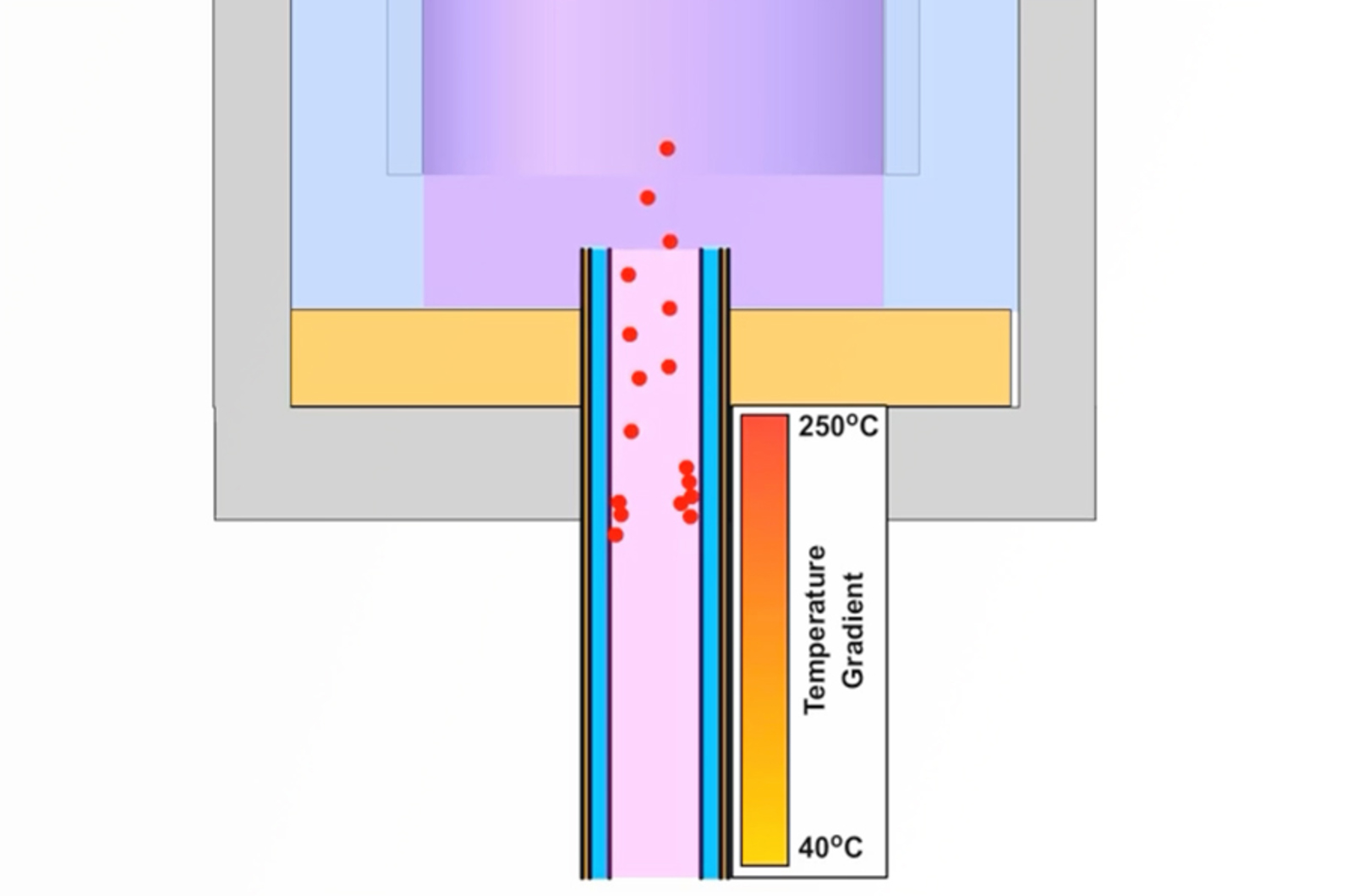
GC Gas Control and Sample Introduction
This webcast will look at how gases are delivered to the instrument and detector, the importance of gas cleanliness, the effect of different flow modes, and how the most common inlets function.
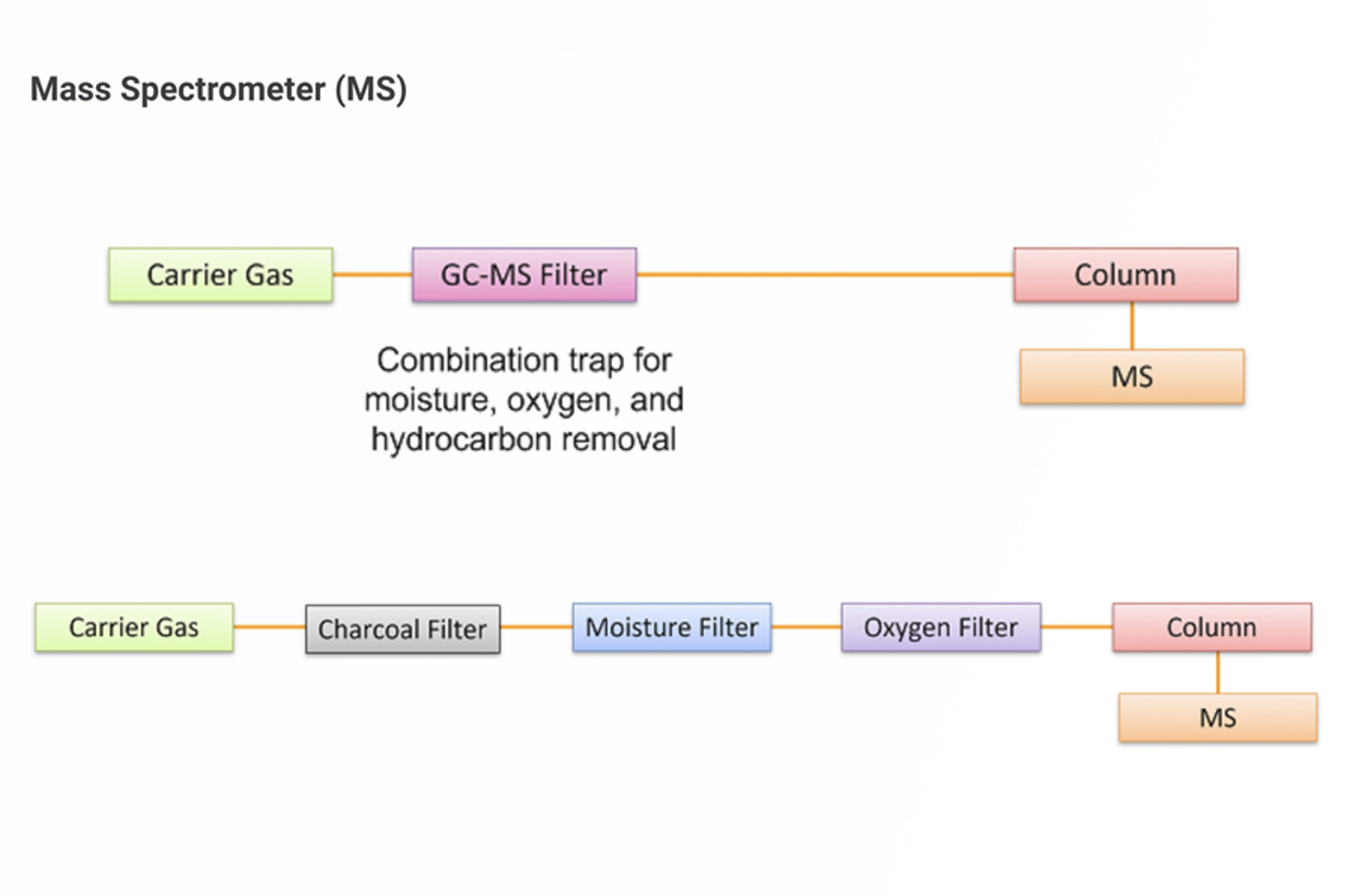
Crimes Against Laboratory Gases
This webcast focuses on crimes that are committed against laboratory gases. The material provided should help you avoid common pitfalls no matter what technique you are using gas for. Laboratory gas isn’t just for gas chromatography; it is used in a variety of applications from sample preparation through to analyte analysis. This webcast discusses gases for solvent evaporation, the effect gas purity has on GC, GC-MS, and LC-MS applications, and some less often considered topics such as the impact of background ion-molecule reactions in collision cells and the effect on analytical results.
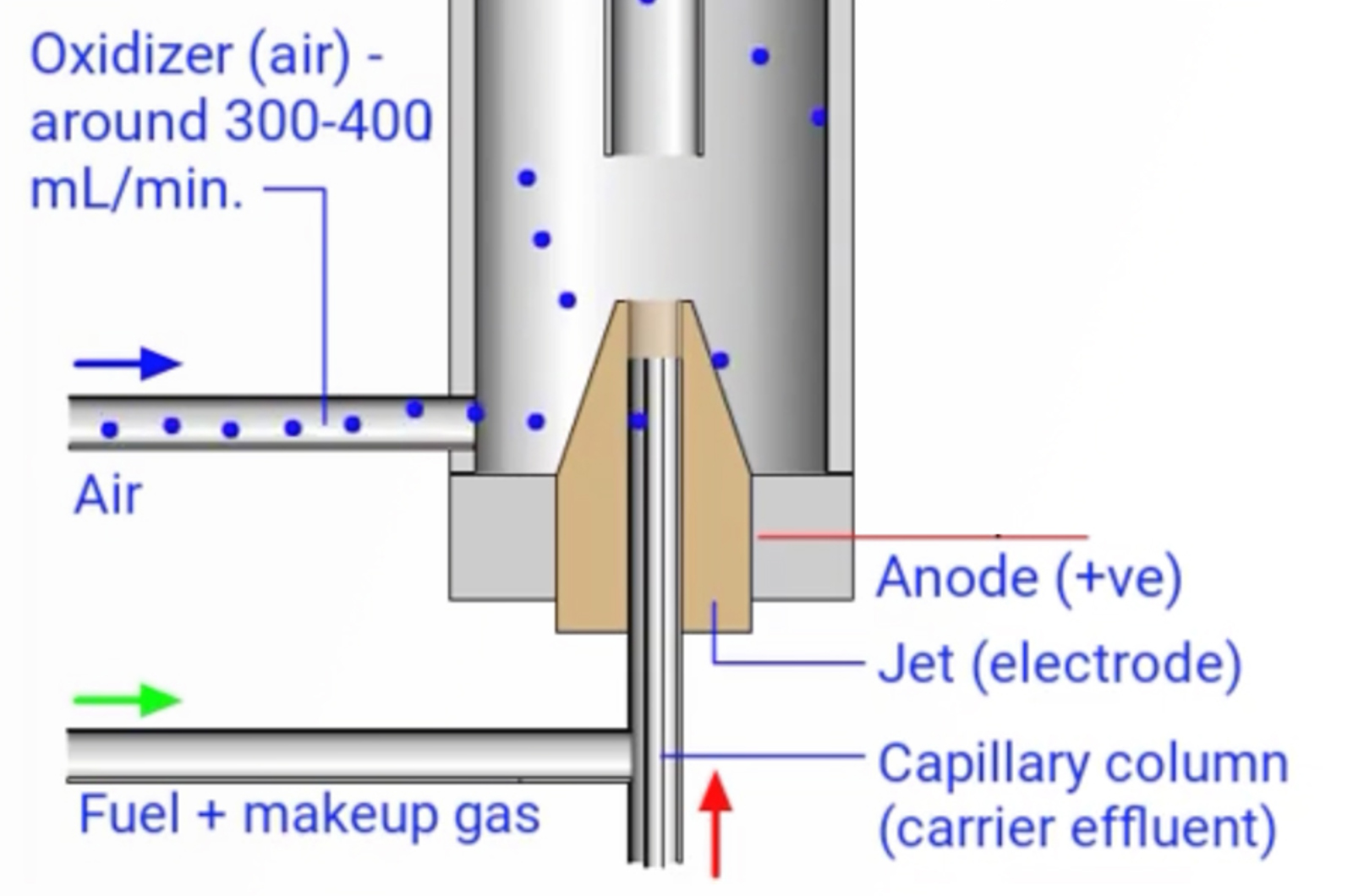
What GC Operators Need to Know: Part 2
Part 2 of our definitive guide to what all GC operators need to know will examine how to select the correct detector for your application as well as which parameters can and should be optimized. We will discuss what an optimum GC method looks like and how to implement a written method - including what choices need to be made in relation to the carrier gas, setting up the inlet etc.
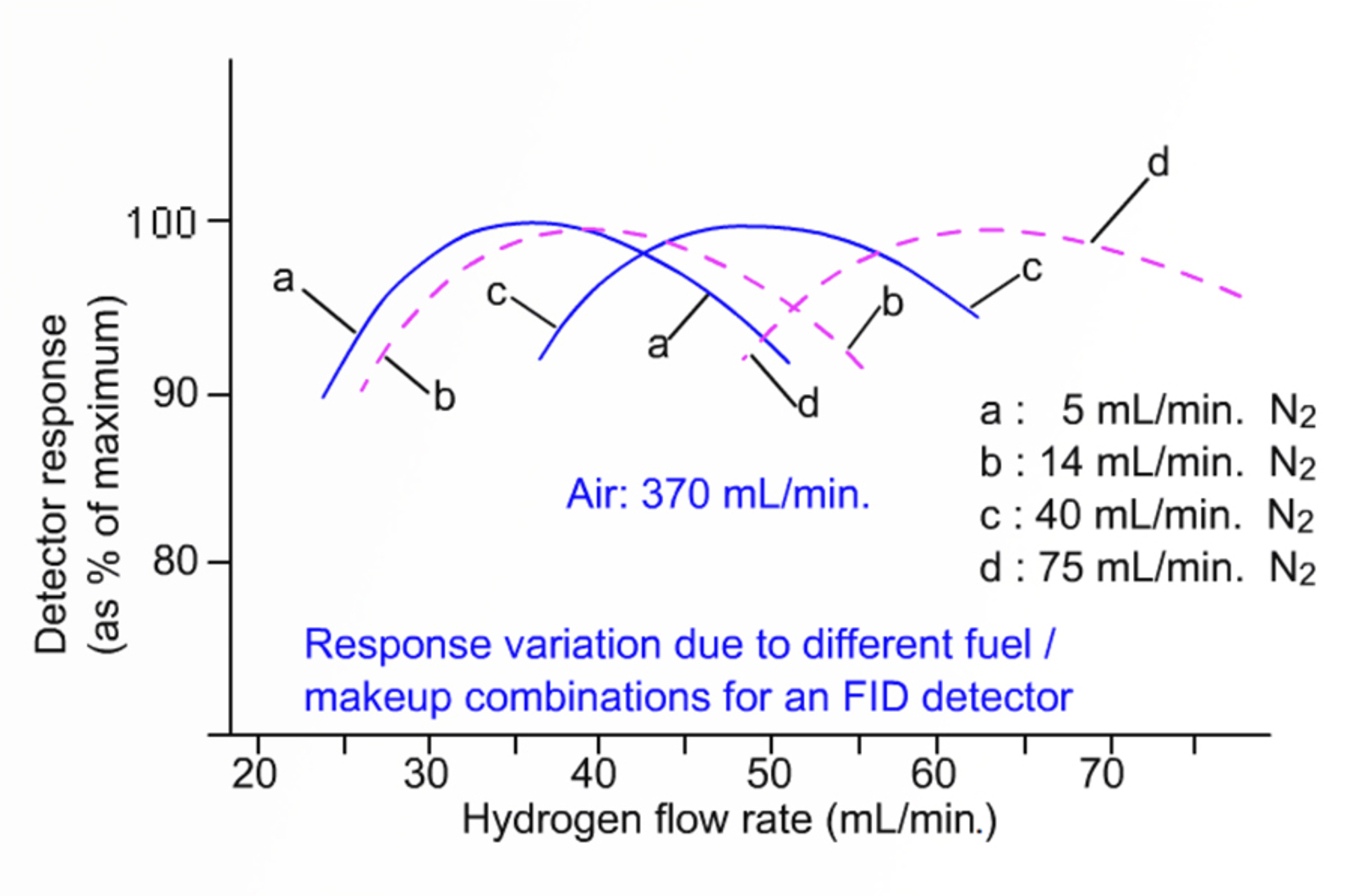
What GC Operators Need to Know: Part 1
During this two part event we will look at the whole GC process from sampling, to injection, separation, and detection. We will provide practical hints and tips for the essential GC parameters in order to make your use of this powerful technique straightforward and successful. Part 1 will discuss the gases required for GC, critical choices in gas sampling and sample preparation, how to optimize your sample injection routine, column selection, and how to utilize and optimize isothermal and temperature programmed methods to produce optimum resolution.
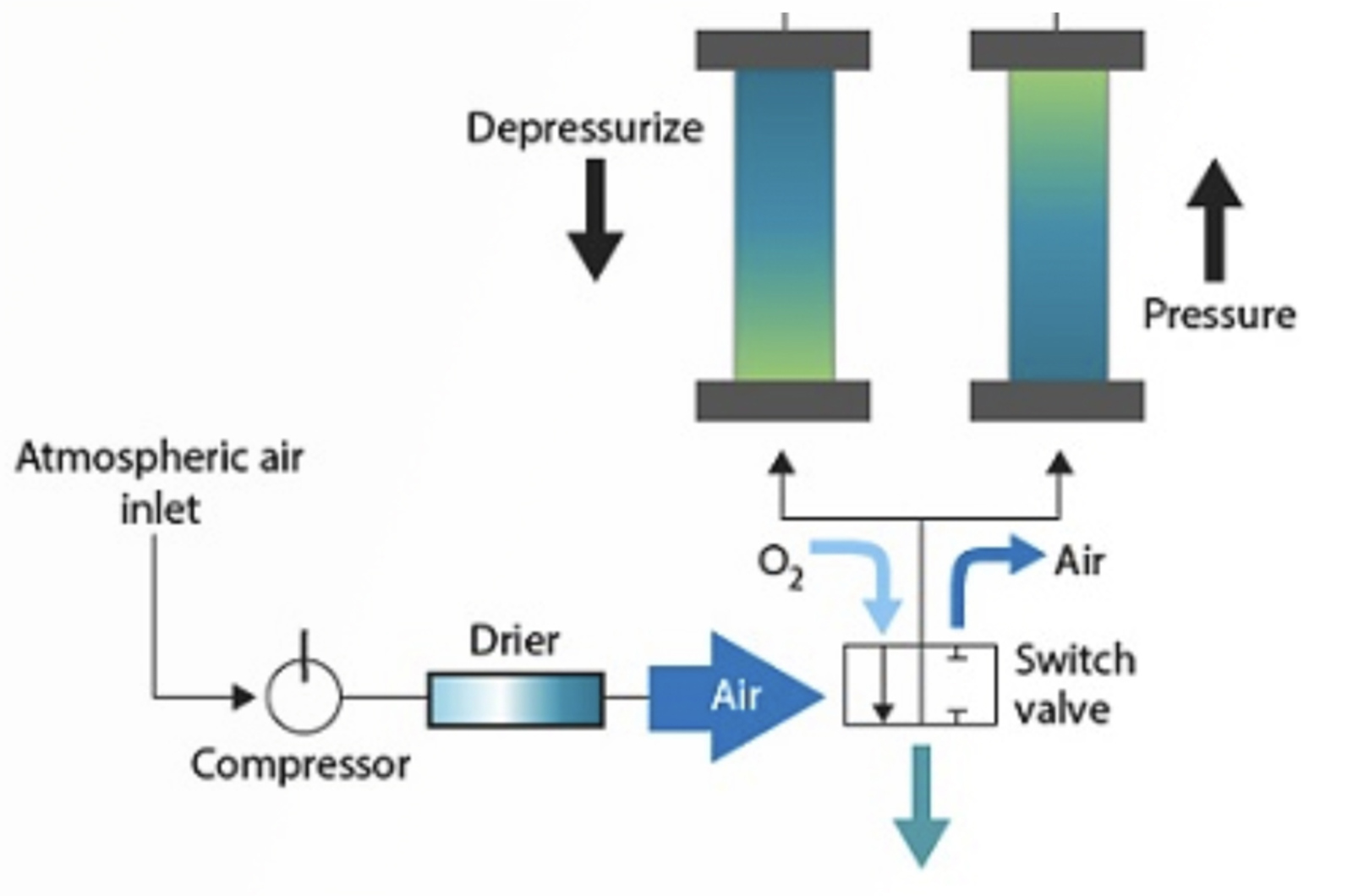
What You Need to Know About Gas Generators
Gas generators are commonplace in many laboratories, however, what do we need to know when selecting, using, and maintaining a gas generator?
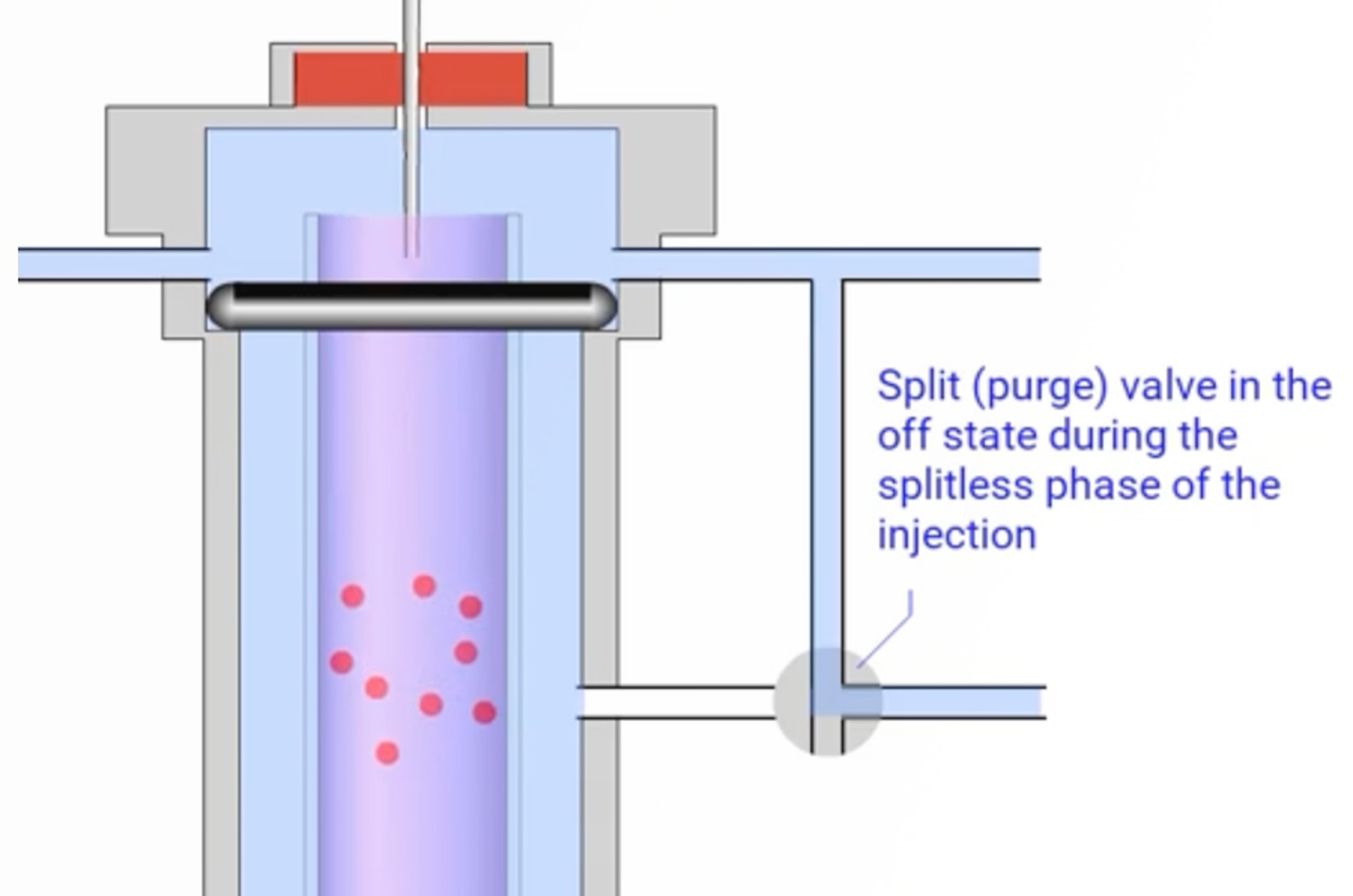
A Little Bit of Split
Practical GC tips and tricks to help improve your analyses. The benefits of using a little bit of split, instead of splitless injection, without sacrificing sensitivity for low concentration samples.
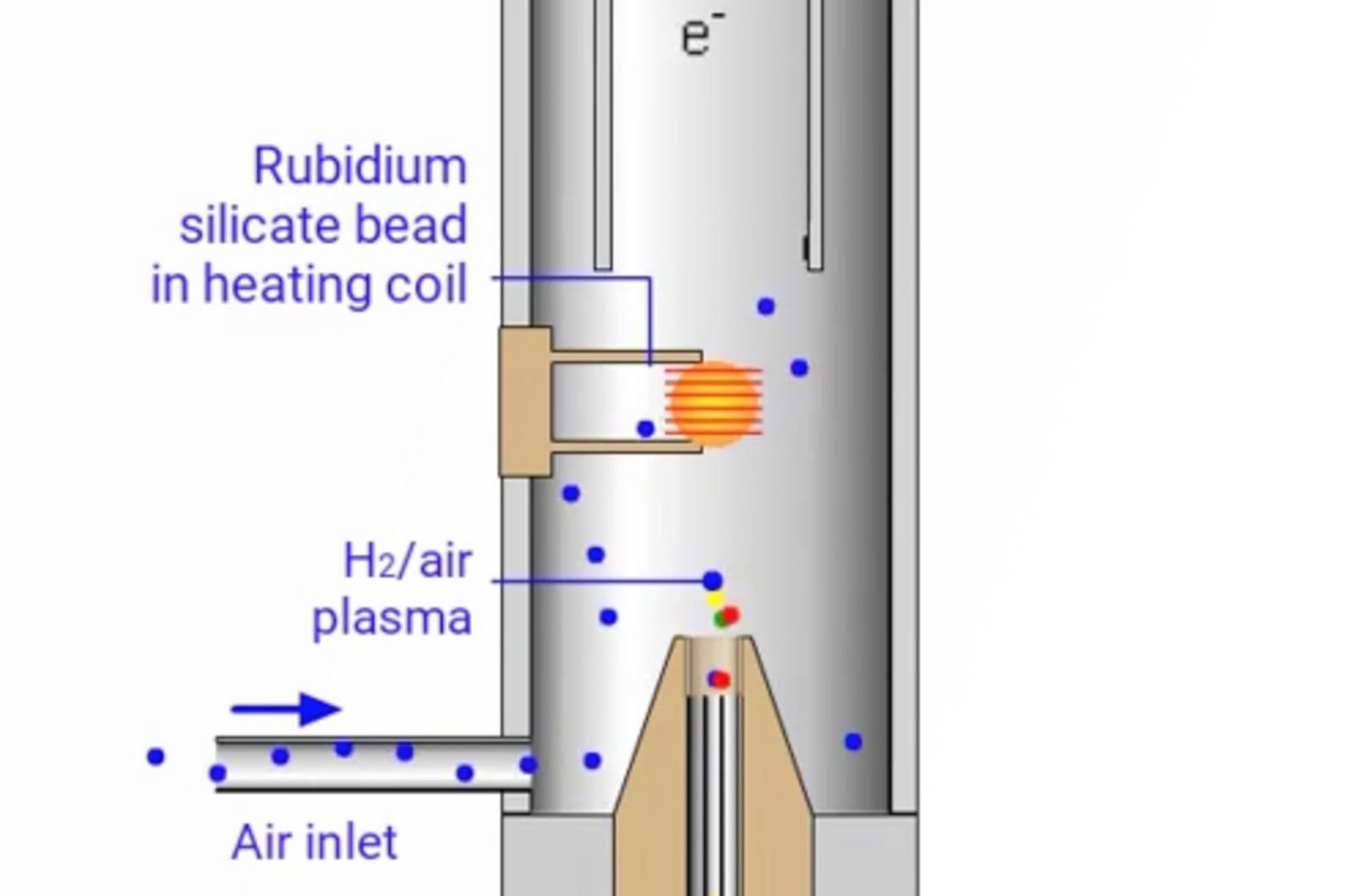
Optimizing GC Detectors
Join us to discover the working principles of a wide range of common GC detectors. We will examine the major variables which affect detector response and stability, as well as, discussing specific application examples. Many detector variables are lock and leave parameters which are often overlooked; we will demonstrate that with a little optimization they can make a vast difference to your chromatographic method.
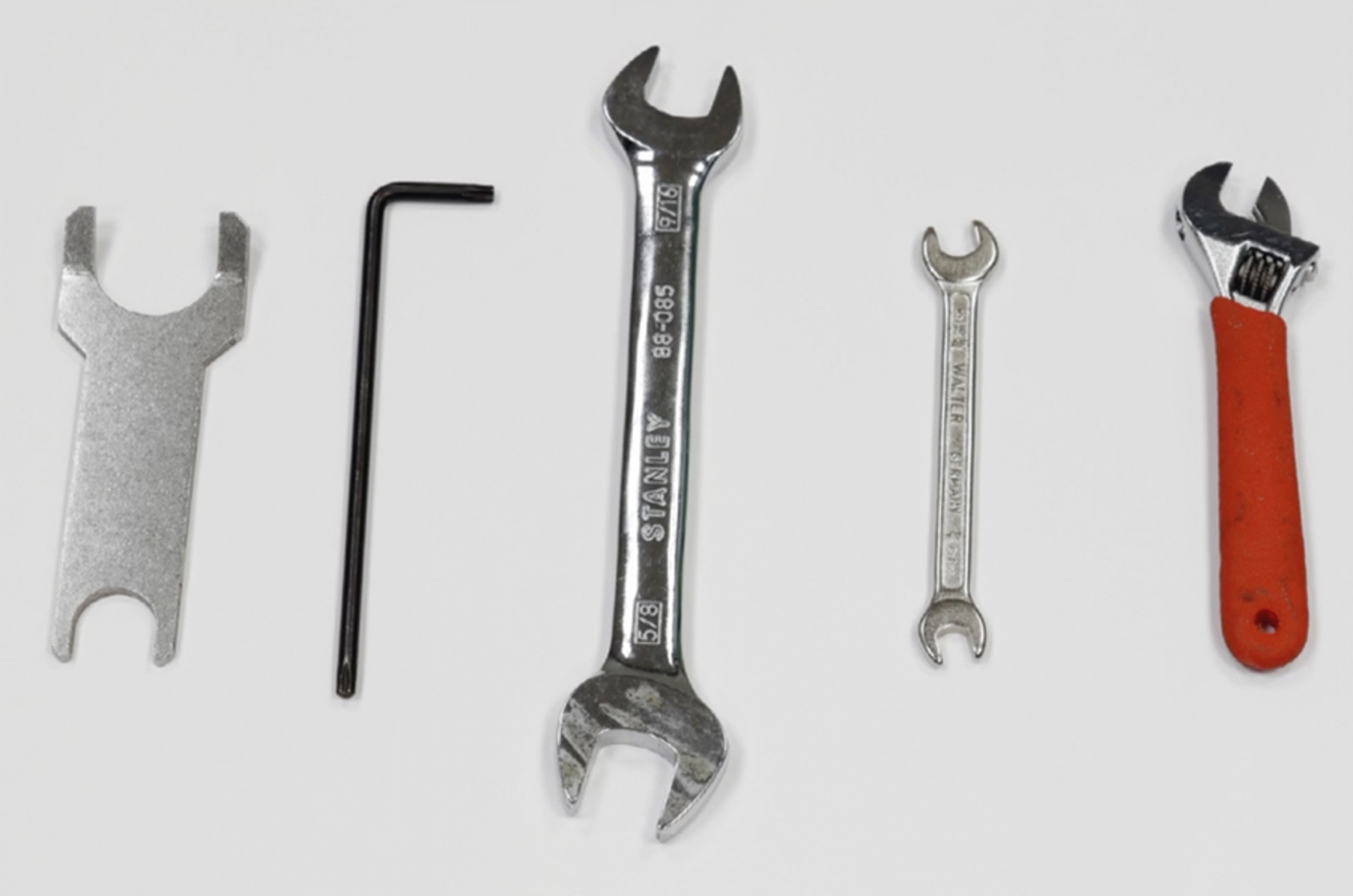
10 Must Know Tips for GC Inlet Maintenance
Prevention is better than cure. Avoid instrument down-time, reduce troubleshooting, and improve the data generated by your GC by following these eight tips for inlet maintenance. From the liner, to the gold seal, and everything in between we'll provide you with a maintenance schedule to follow and tips for carrying it out.
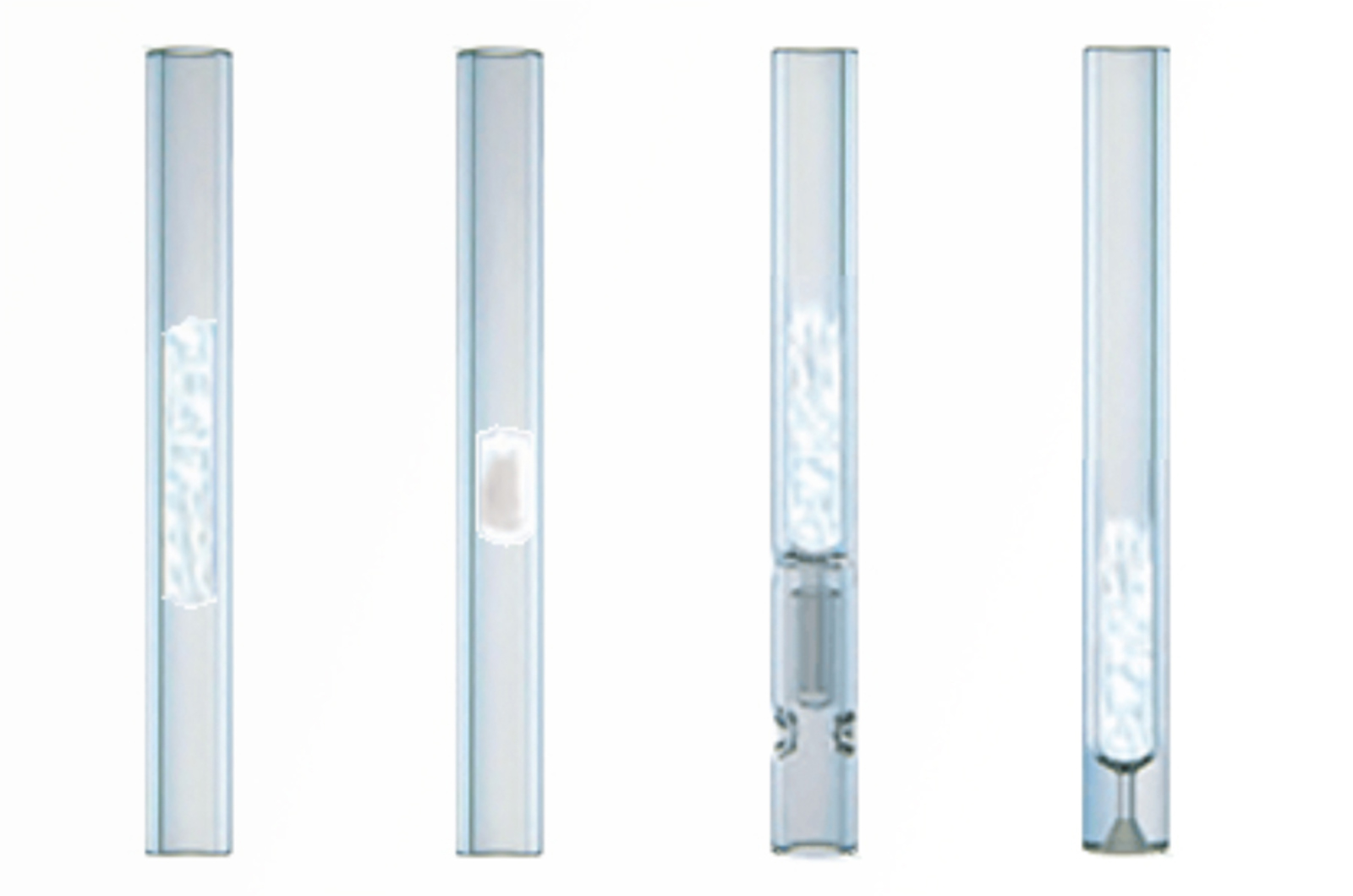
Do We Need Glass Wool in a GC Inlet Liner?
This quick guide will review why we use liner packing, describe the tell tale chromatographic symptoms that indicate a problem with the packing, and provide you with practical tips to getting your liner packing correct.
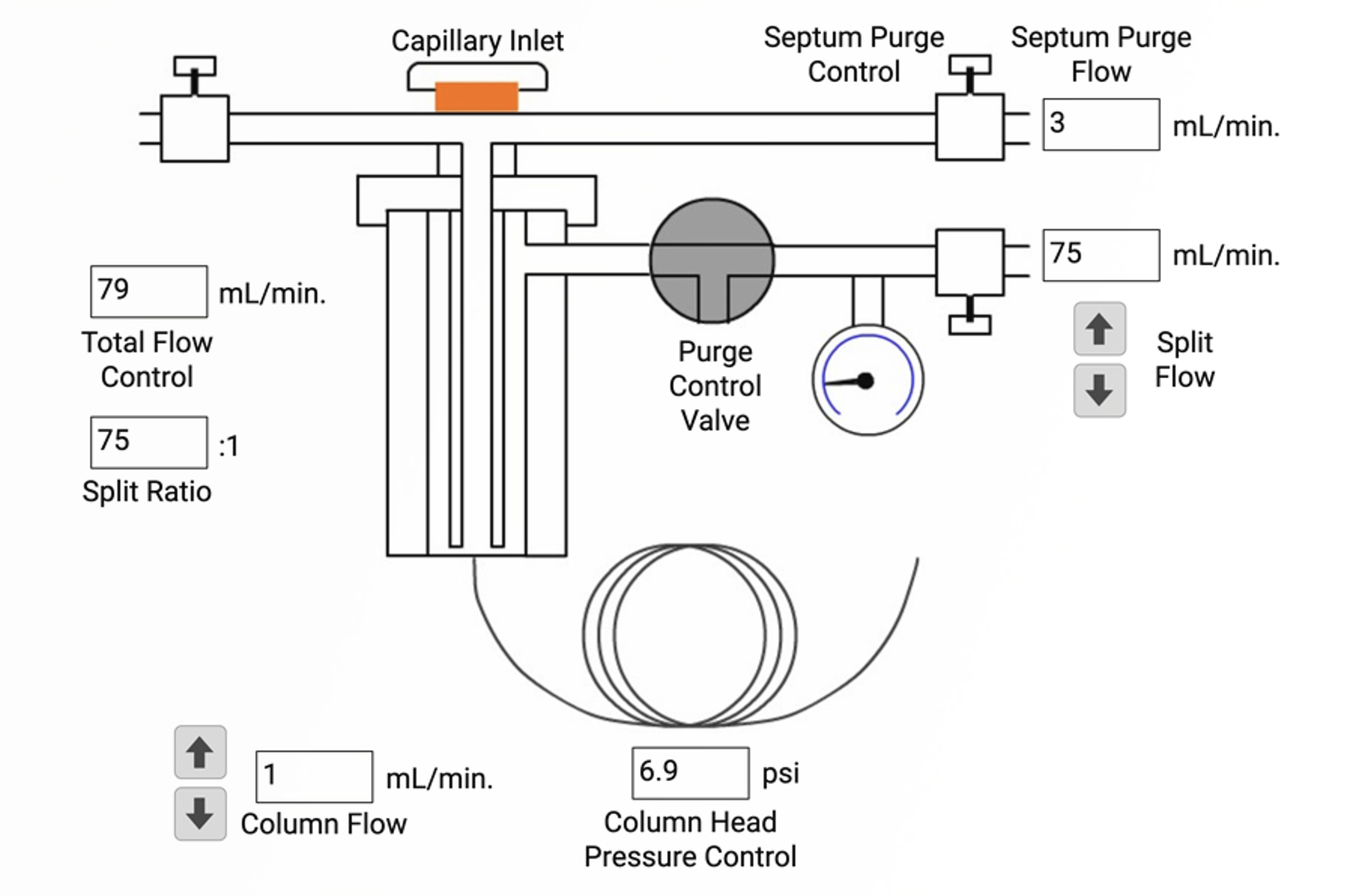
How to Optimize Key Variables in GC Analysis - Sample Introduction
This article will cover which injection technique can be used for different sample and analysis types, which parameters should be optimized, and also some of the drawbacks of the inlet.
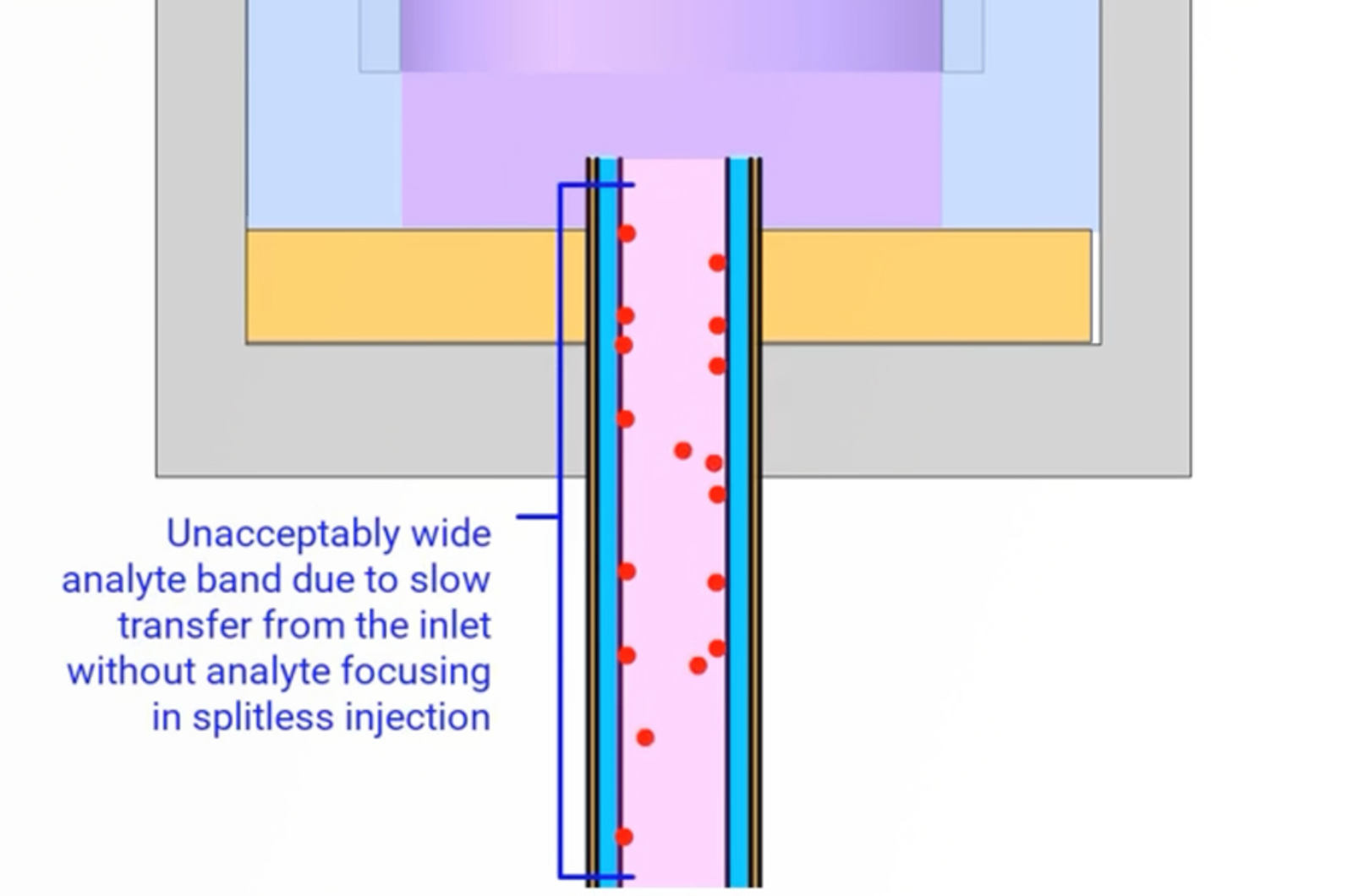
5 Ways to Improve Your Split/Splitless Injection Technique
Our top 5 tips for improving split/splitless injection to get the most out of your analysis every time.

Best Practice for GC Sample Introduction
5 quick tips for using a split/splitless inlet.

Preventative GC Maintenance
This webcast will discuss the correct use of carrier gas traps, if guard columns should be used, how to monitor column performance and what can be done when performance drops. We will consider the GC hardware and which parts of the inlet need routine maintenance and how often this should be done. We will demonstrate how to correctly install and condition a GC column in order to obtain optimum chromatographic results. Finally, we will focus on how to troubleshoot, what chromatographic signs indicate that there is a problem, and the tools within CHROMacademy that are available to help users solve their problems.
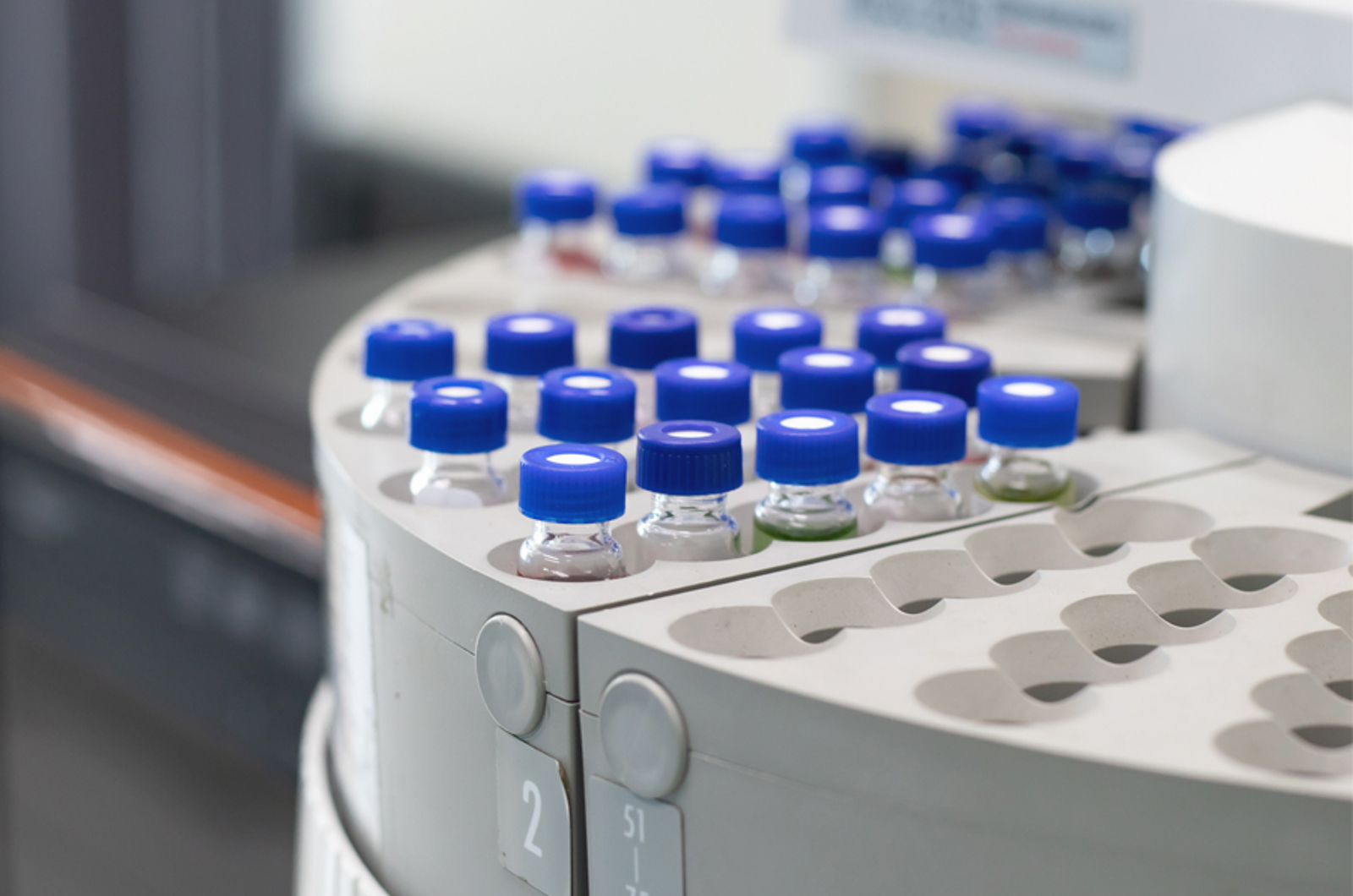
GC Autosampler Setup
Over four short videos we will look at how to correctly setup a GC autosampler. We will consider parameters that can be changed by the user, including the syringe and needle, needle wash routines, vials, injection speed, viscosity delay, and dwell time.
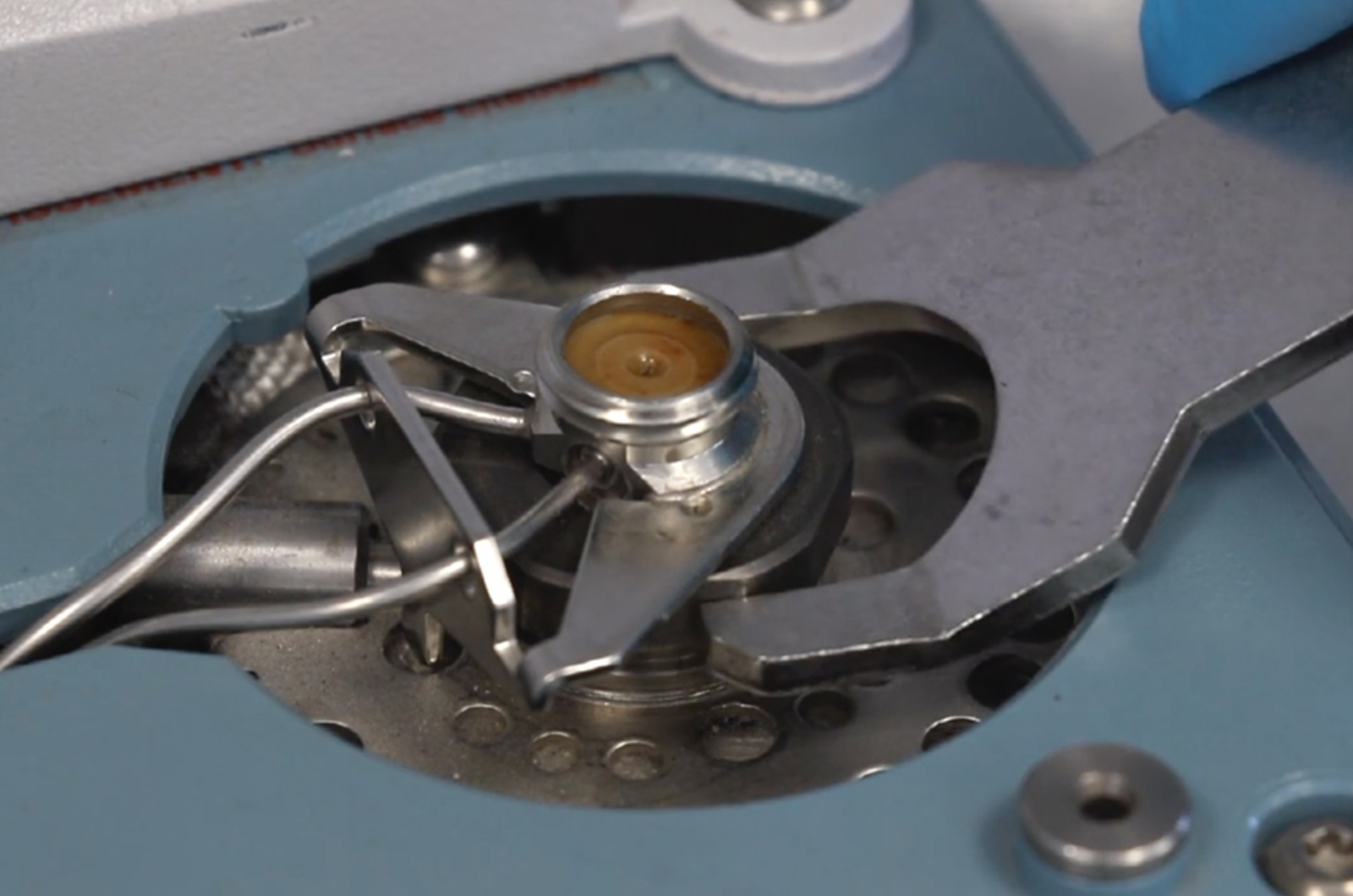
CHROMtalks - The 10 Most Important Maintenance Points You Need to Know About Your Split/Splitless Injection System
In this troubleshooting session we will discuss the purpose and impact of the critical parts and setup used in split and splitless injection and how those impact your results. We will discuss installation, peak shape, contamination sources for sample and system, carrier gas, maintenance, and lifetime - using practical examples.
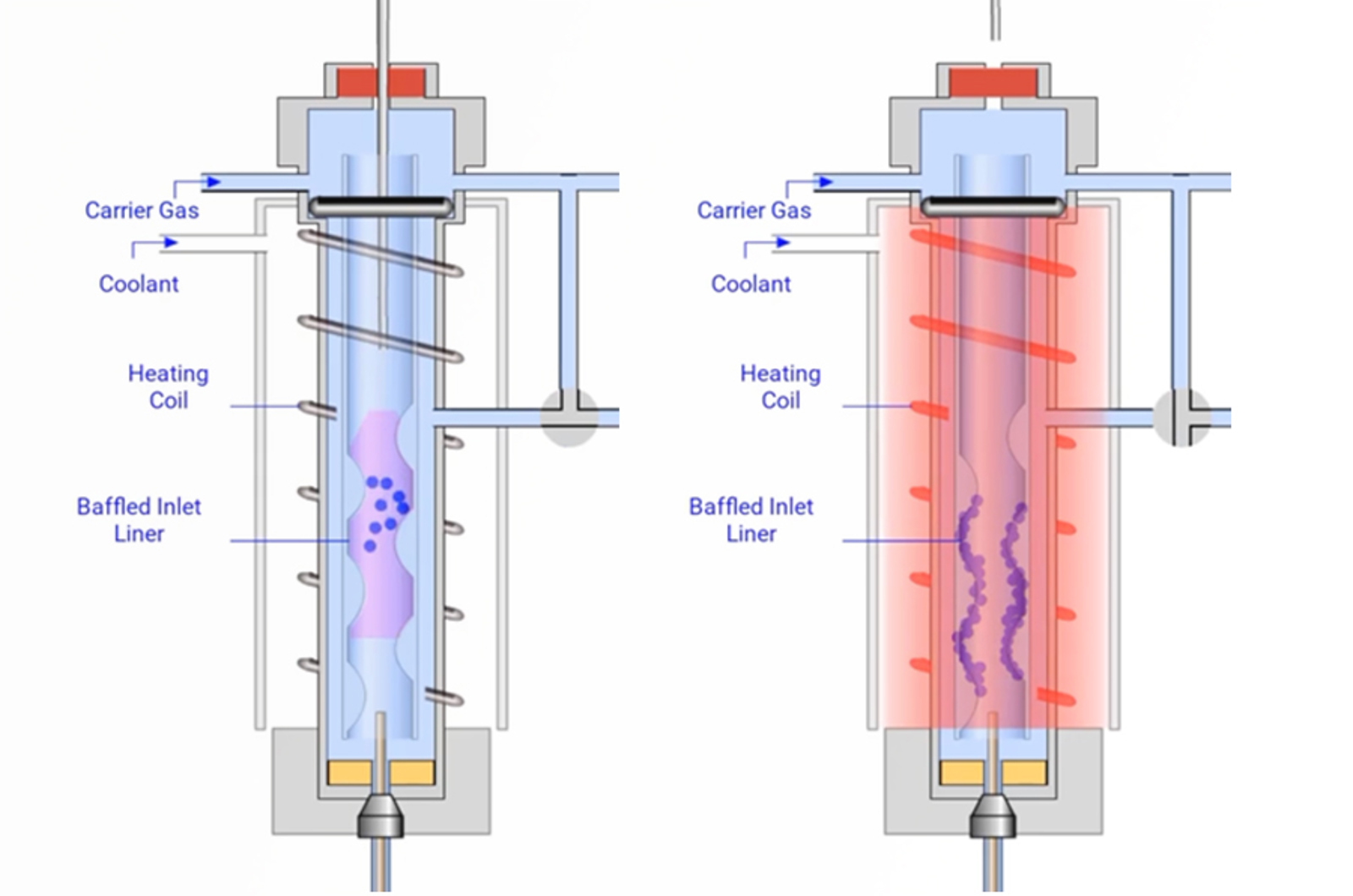
CHROMtalks - Sample Introduction Methods for Liquid Samples in GC: Classical Volumes and Large Volumes
The principles of standard-volume and large-volume injection methods for liquid injections in GC will be discussed and illustrated with examples from various application fields.
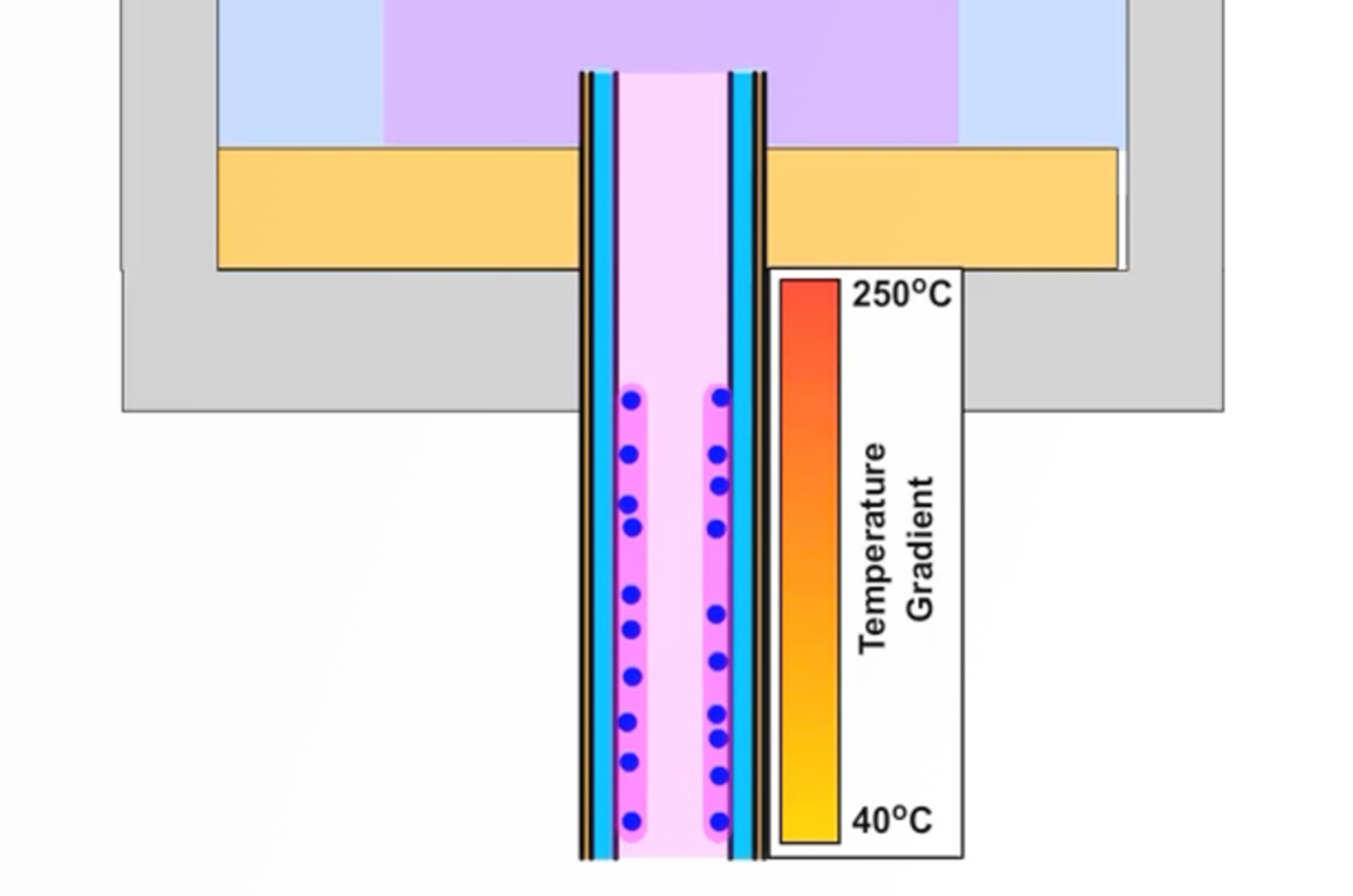
CHROMtalks - Optimizing the Inlet-to-Column Transition in Gas Chromatography
Most consider the inlet as the weakest part of a gas chromatograph. It is through the sample transport process that most issues arise. This webcast will cover the key transport phenomena, how they can become problematic, the variables that contribute to the problem, and best practices that can minimize variability.
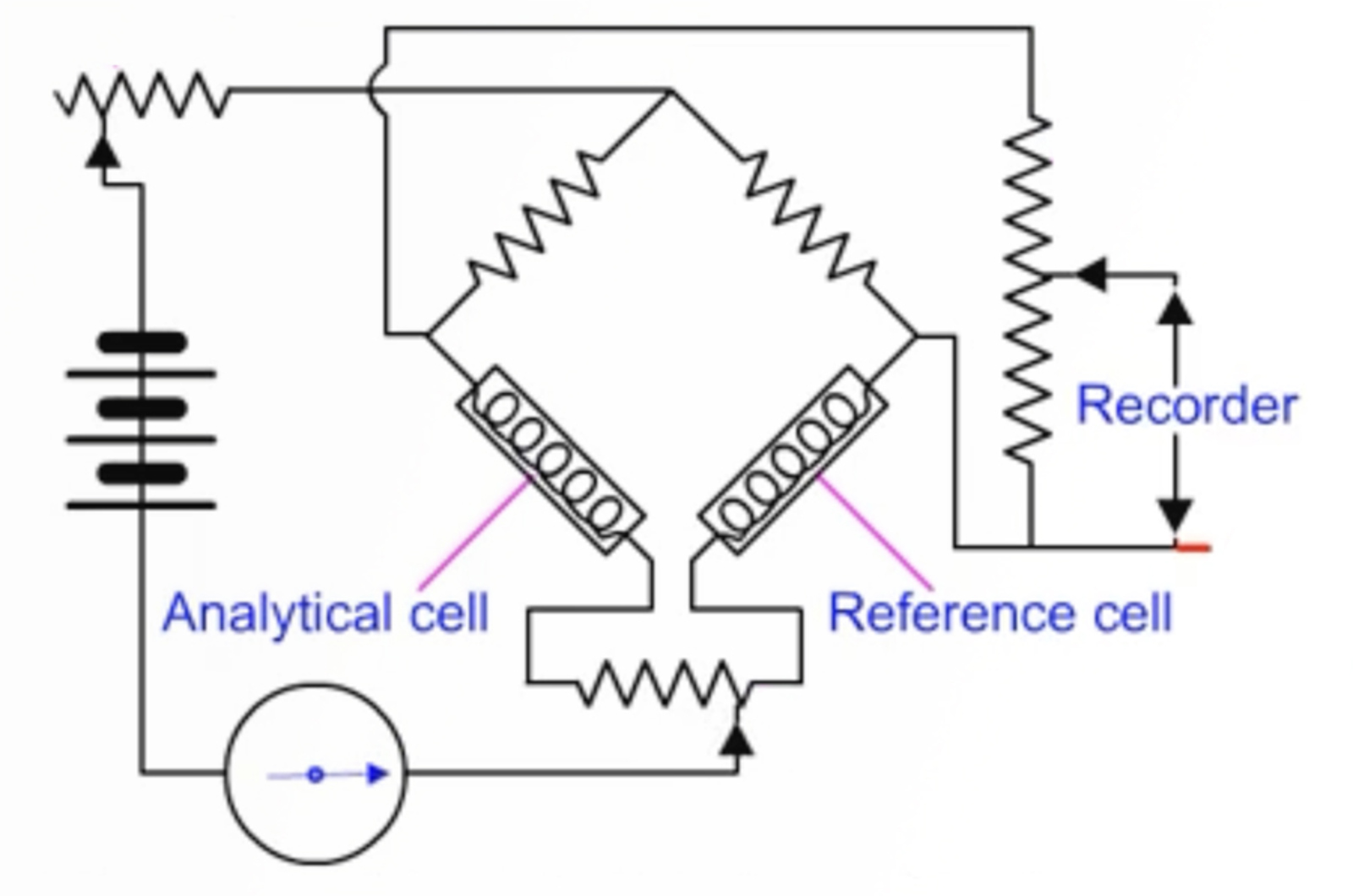
CHROMtalks - Detecting It All - Keeping Your Response Consistent with Common GC Detectors
This presentation will discuss the features of common GC detectors and troubleshooting chromatographic results where the GC detector might be the problem.
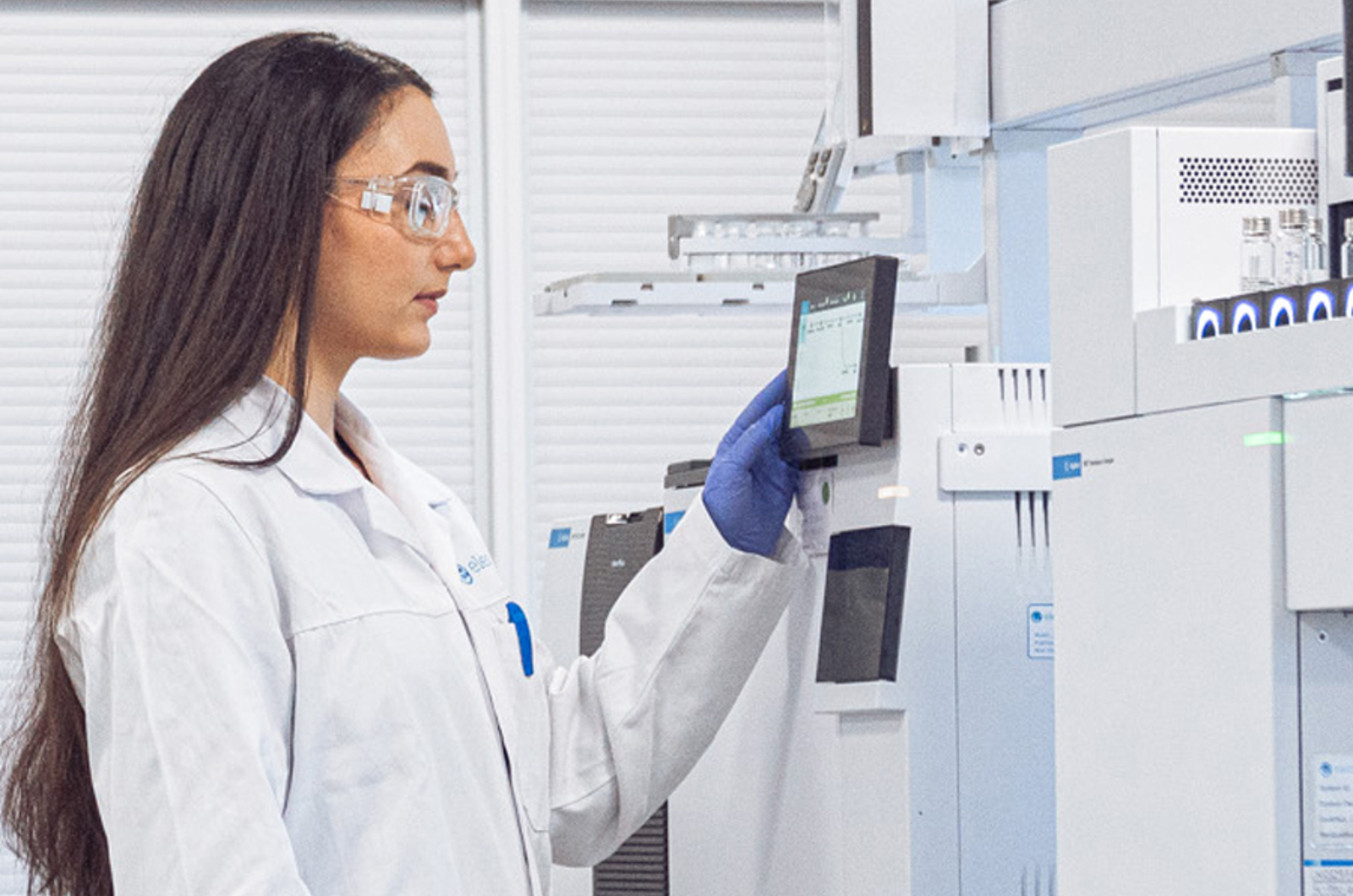
CHROMtalks - Qualifying and Optimizing GC Instruments and Methods in High-Throughput Regulated Laboratories
Three key areas of focus for qualifying and optimizing instruments and methods in high-throughput, fast-paced regulated laboratories are: 1) staying compliant with instrumentation qualifications, 2) ensuring laboratory personnel are properly trained to perform methods and understand their purpose and intent, and 3) making sure methods are easy to follow and contain all the pertinent information. This talk provides a high-level overview of installation, operation, and performance qualification for GC instrumentation.
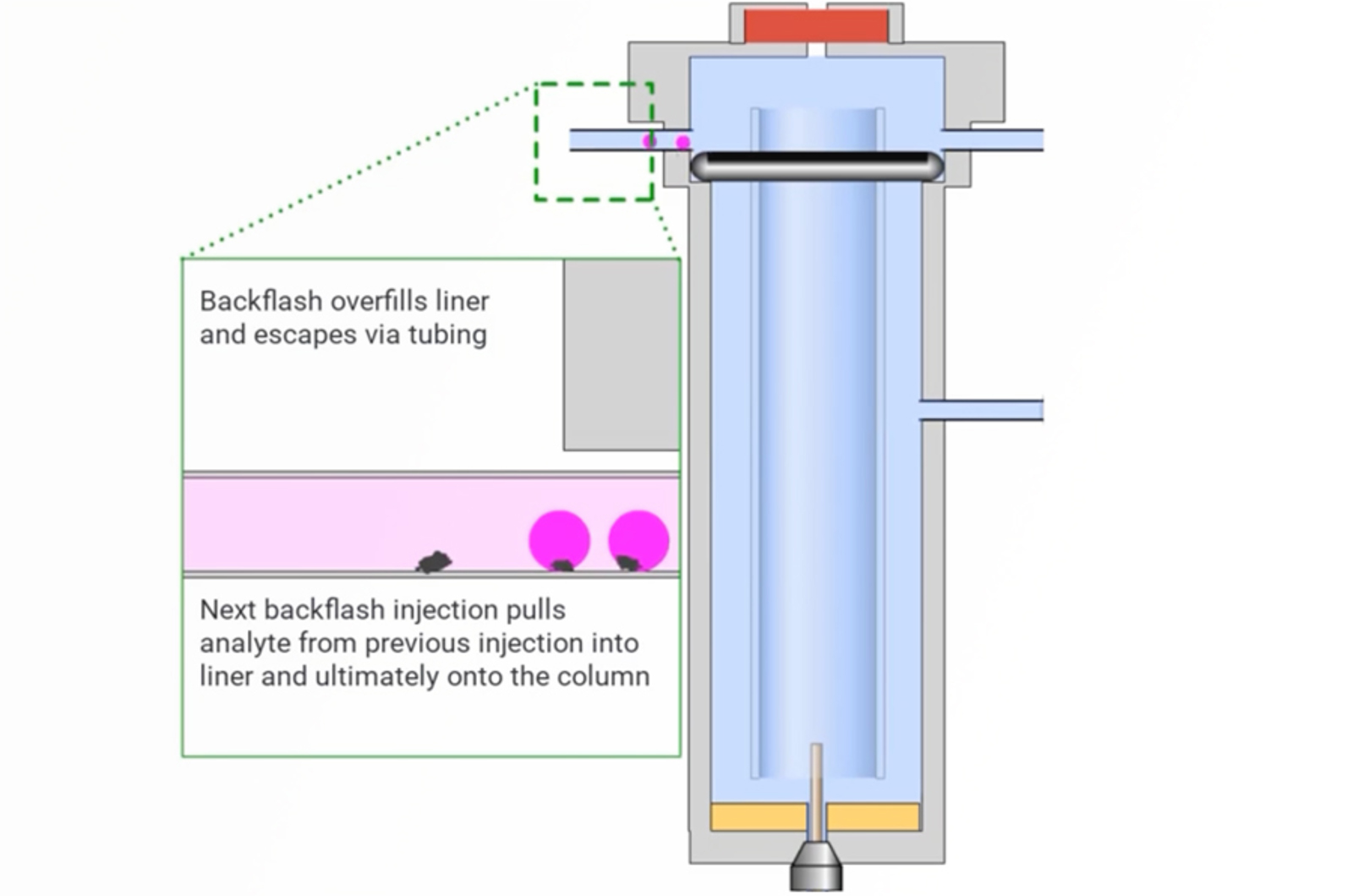
CHROMtalks - GC Sample Introduction - The Achilles Heel of GC
This webcast will detail how to make the best choice of inlet technique for your application; including cool on-column, purged packed column, programmable temperature vaporizers, multimode and split/splitless. Operation, maintenance, and troubleshooting of GC inlets will also be included.

CHROMtalks - Principles of Operation, Maintenance, and Troubleshooting for Sulfur and Nitrogen Chemiluminescence Detectors with Gas Chromatography
Sulfur and nitrogen chemiluminescence detectors play important roles in the analysis of trace species as they are applied in the laboratories of a wide array of industries, from foods, flavors, and beverages to petroleum and petrochemicals. This presentation will compare and contrast the mechanism of each detector and use this background to help guide best practices for detector operation, maintenance, and troubleshooting.
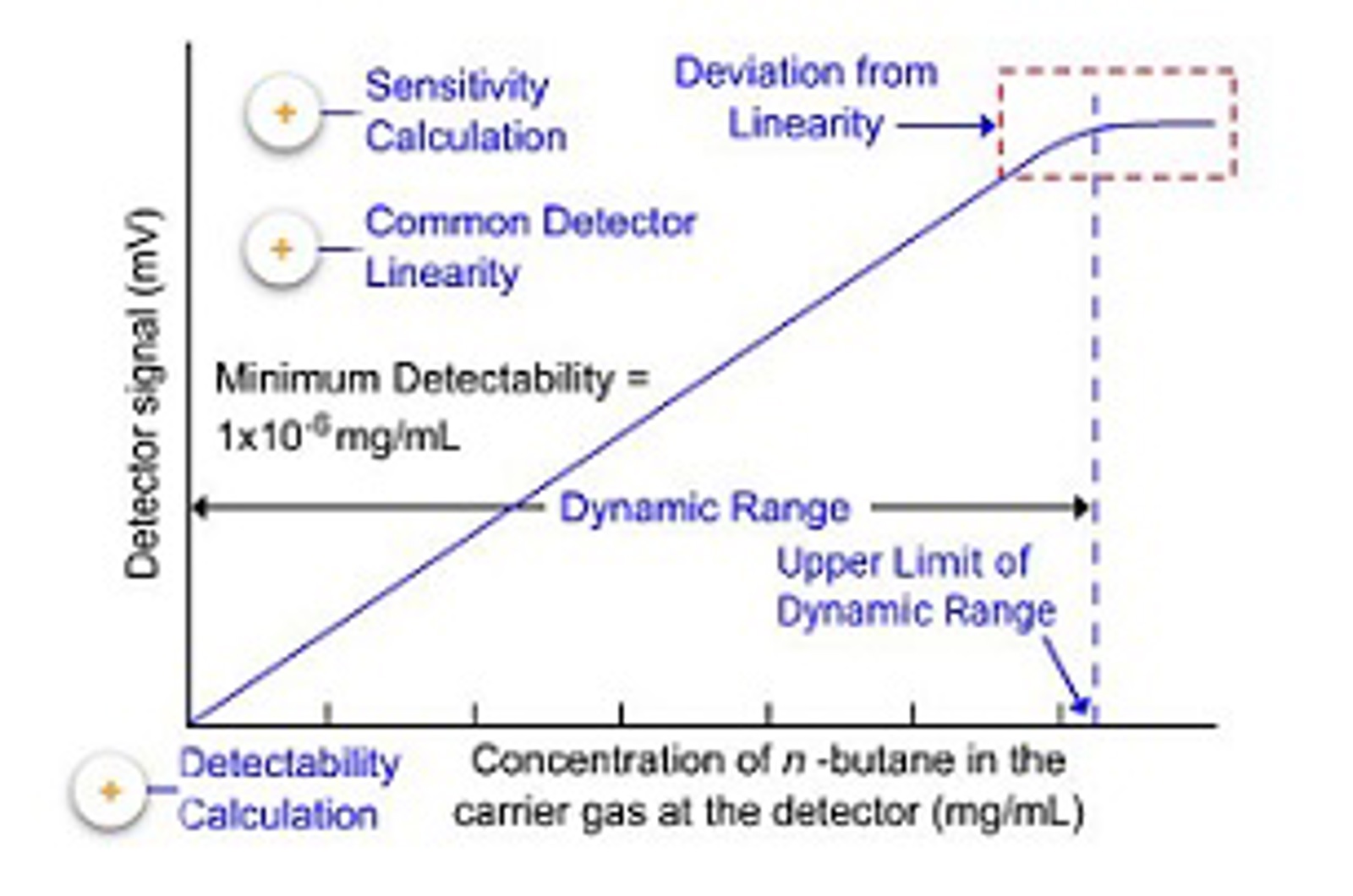
Introduction to GC Detectors
This module will provide a brief overview of GC detectors, their function, and the main characteristics that are important when considering a GC detector; such as, sensitivity, linearity, noise, and minimum detectability.
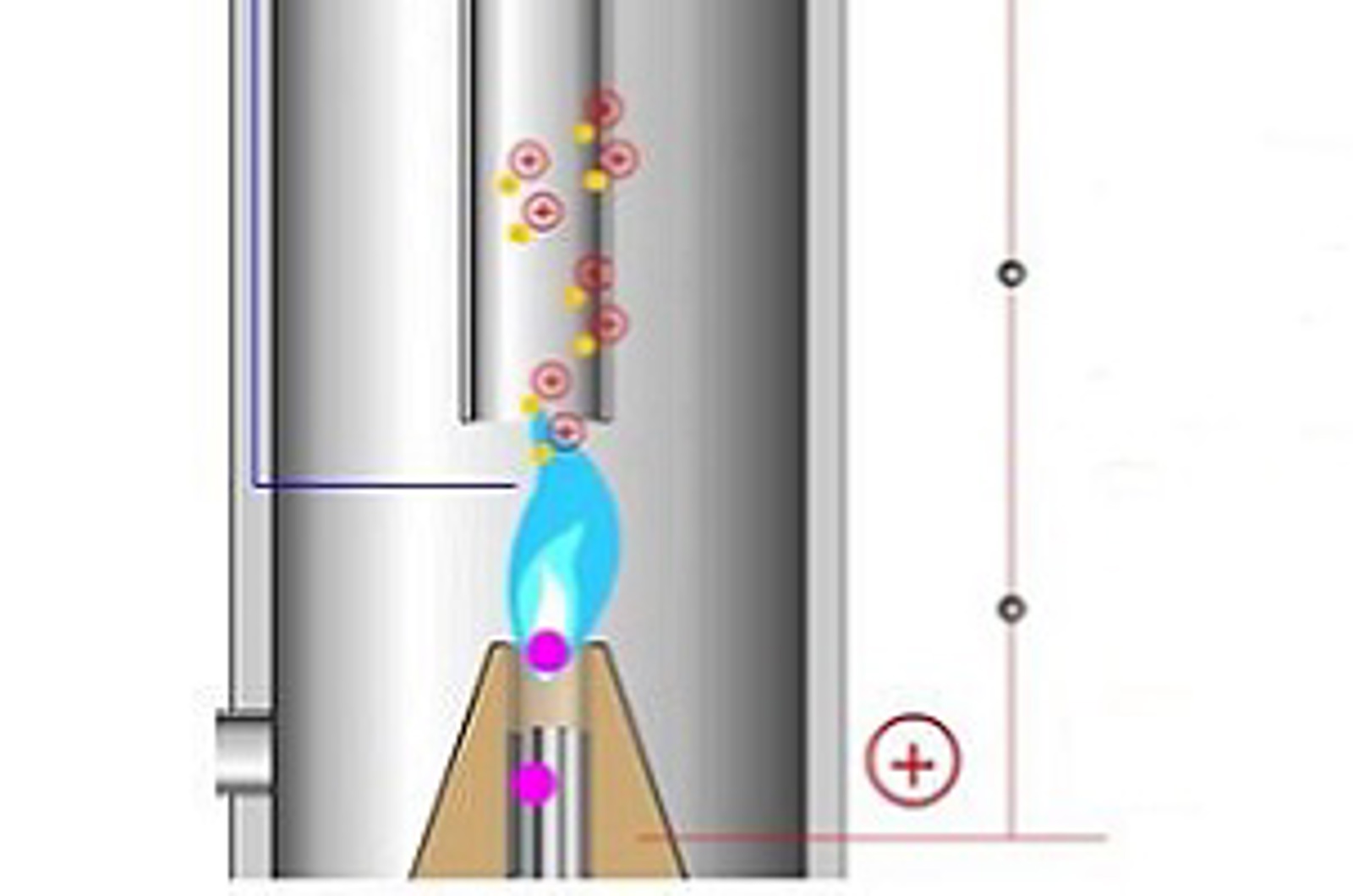
Flame Ionization Detector (FID)
This module comprehensively details the working principles of this detector, giving you the knowledge and understanding to operate and optimize the detector for your analyses.
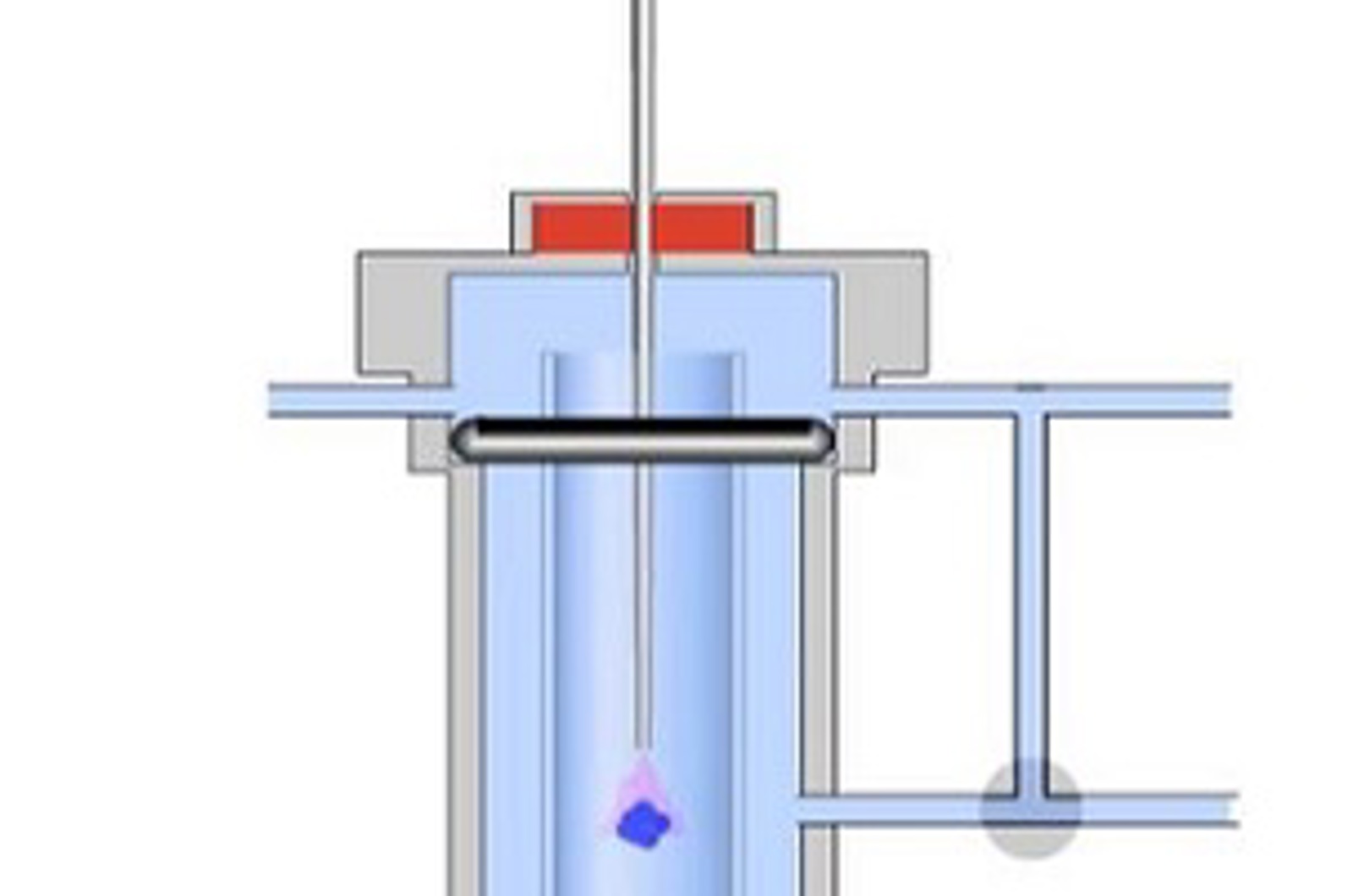
Split/Splitless Inlet
The most common inlet for capillary GC is known as the split/splitless inlet, which as the name suggests, can be operated in two modes, spilt or splitless. This module fully details the working principles of this inlet and the parameters that must be set for successful sample introduction. Common problems are also highlighted, ensuring you can troubleshoot or avoid them all together.
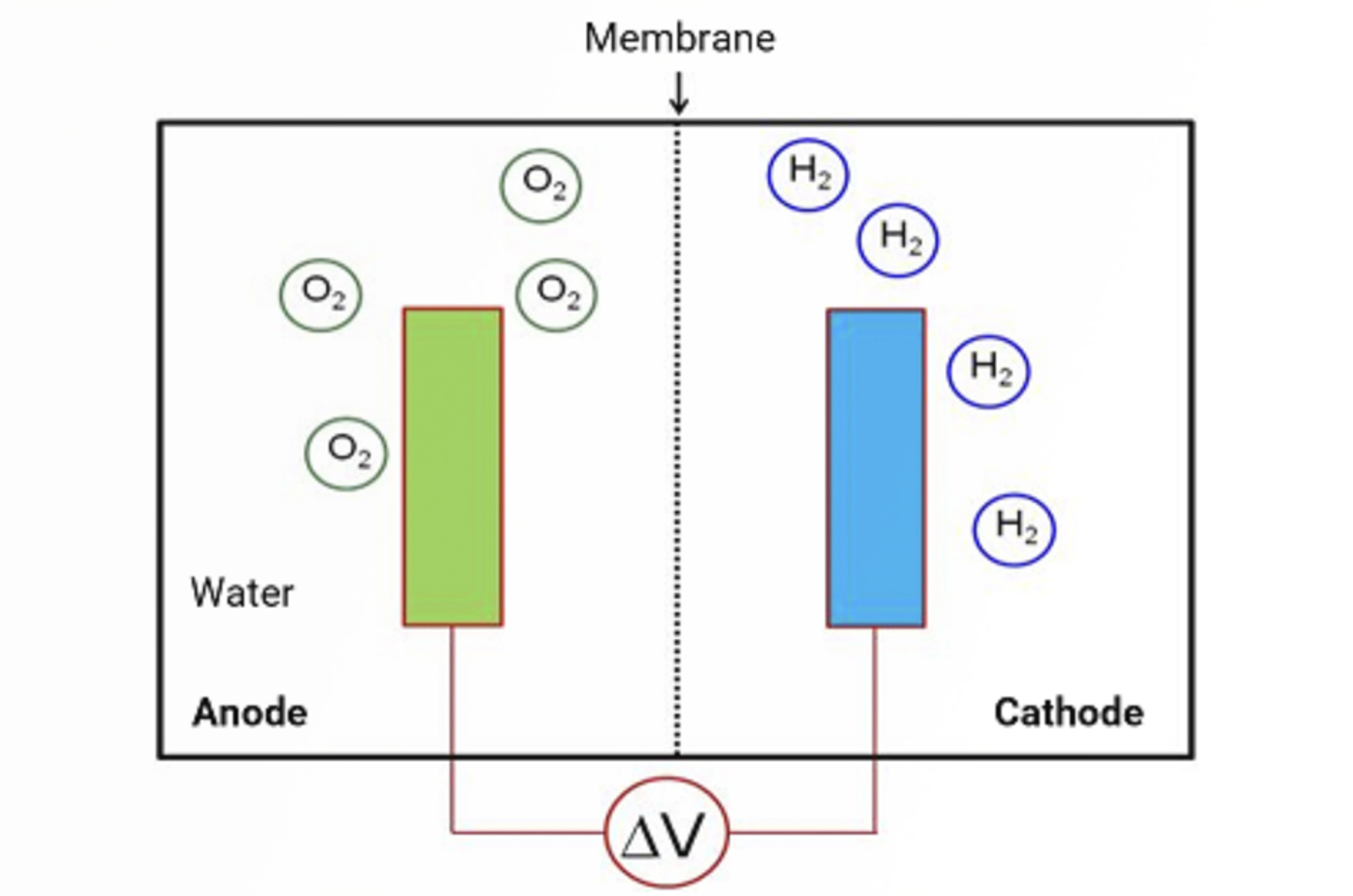
Introduction to Hydrogen Generators
Hydrogen generators offer a cheap, reliable, and safe source of hydrogen for use with GC. This module will look at the reasons why we would need to use hydrogen generators, how hydrogen is generated, and how to select the correct generator size. As well as discussing some of the common maintenance points for these pieces of instrumentation.
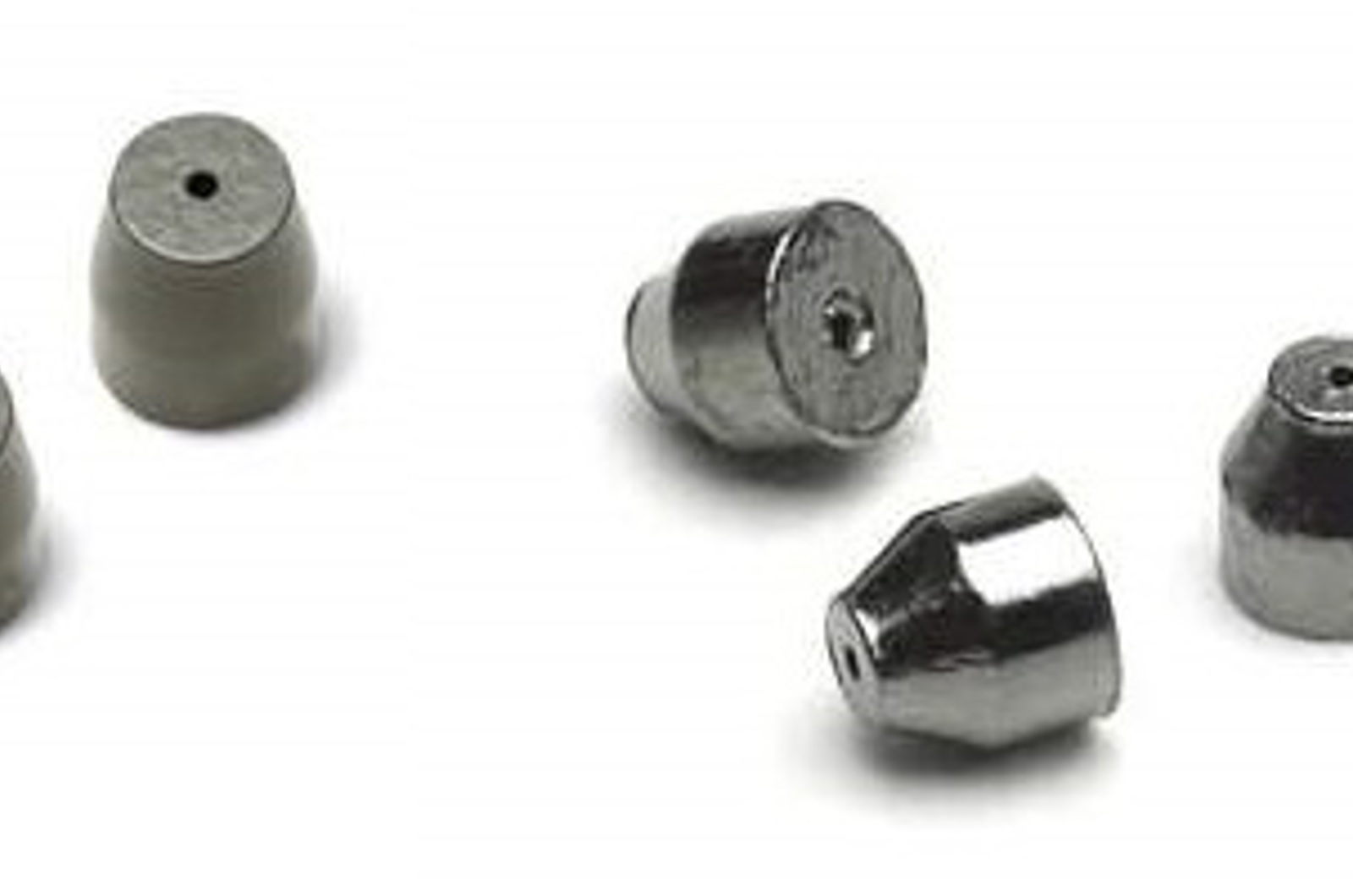
GC Ferrules
Ferrules are the small components which provide a gas-tight seal between the column and the inlet and detector fittings. These tiny items are often overlooked, but are essential in preventing leaks.
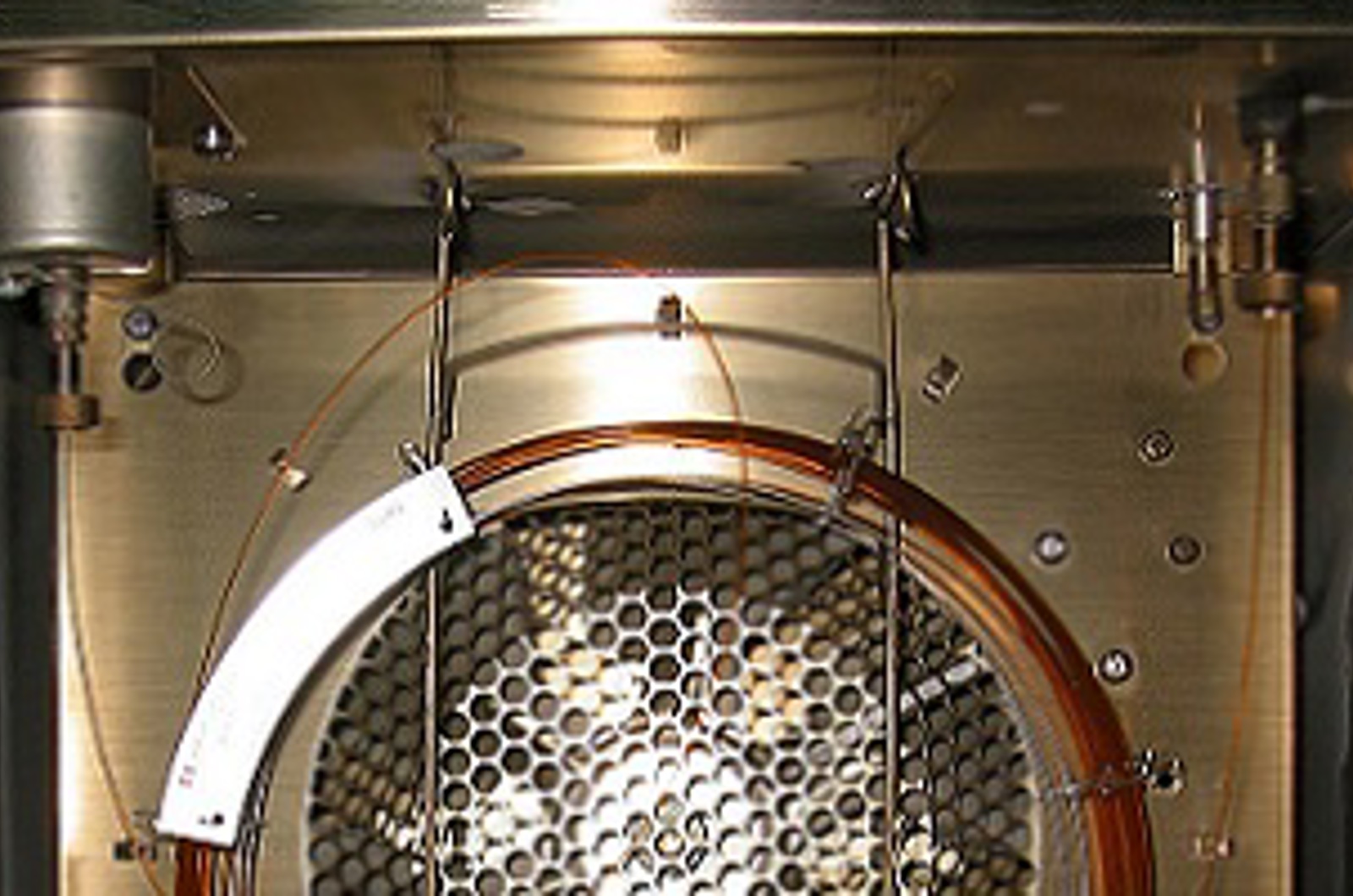
GC Oven Temperature
This module will introduce the types of GC method which are run in relation to temperature - isothermal and temperature programmed methods - and how they are selected for a particular analysis.
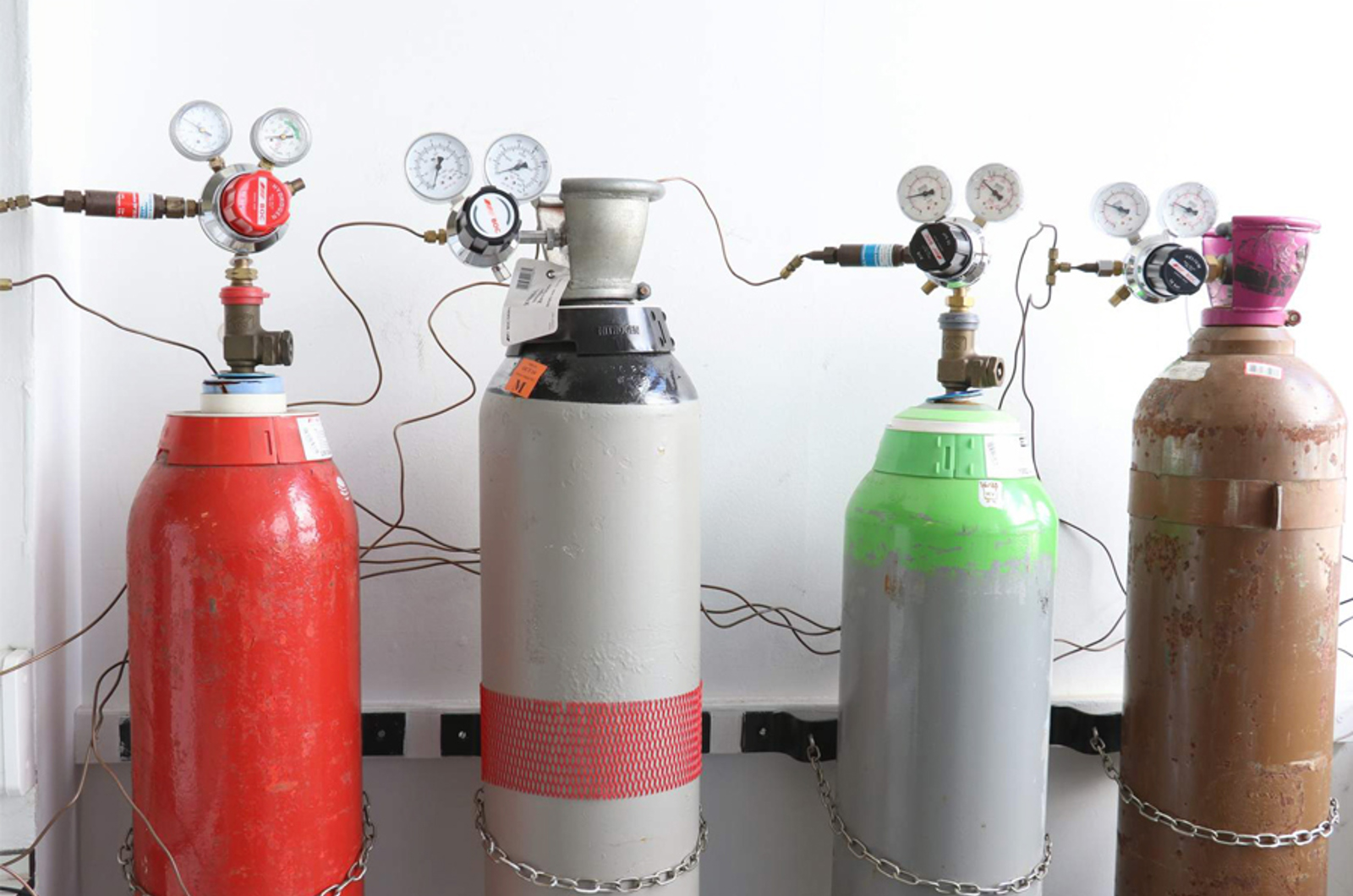
Gas Cylinders
This module will present an overview of gas cylinders, regulators, and gas supplies to the GC.
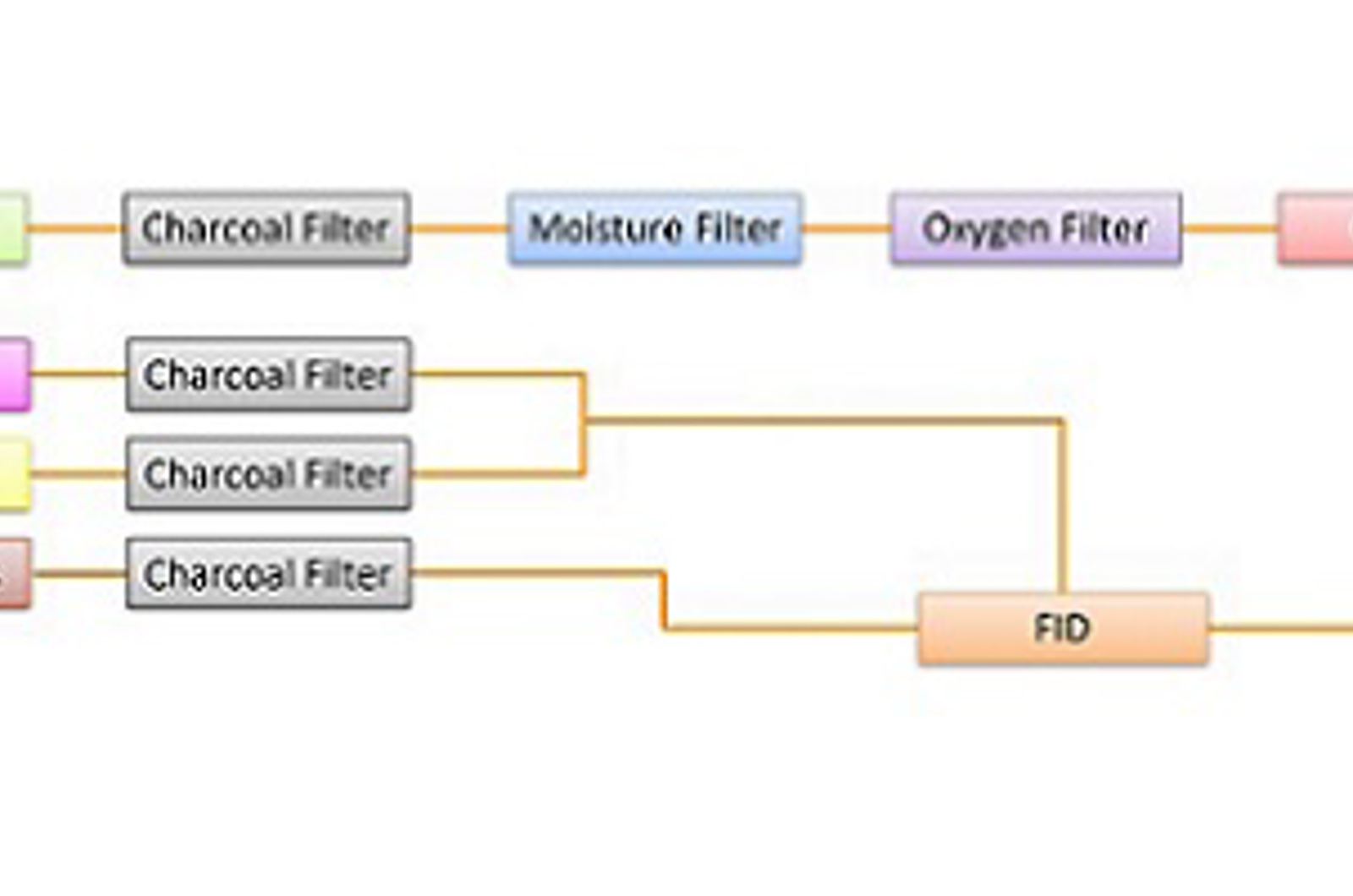
Introduction to GC Gas Filters
This module will introduce the reason for using gas filters, types of gas filter design, and correct installation and operation.
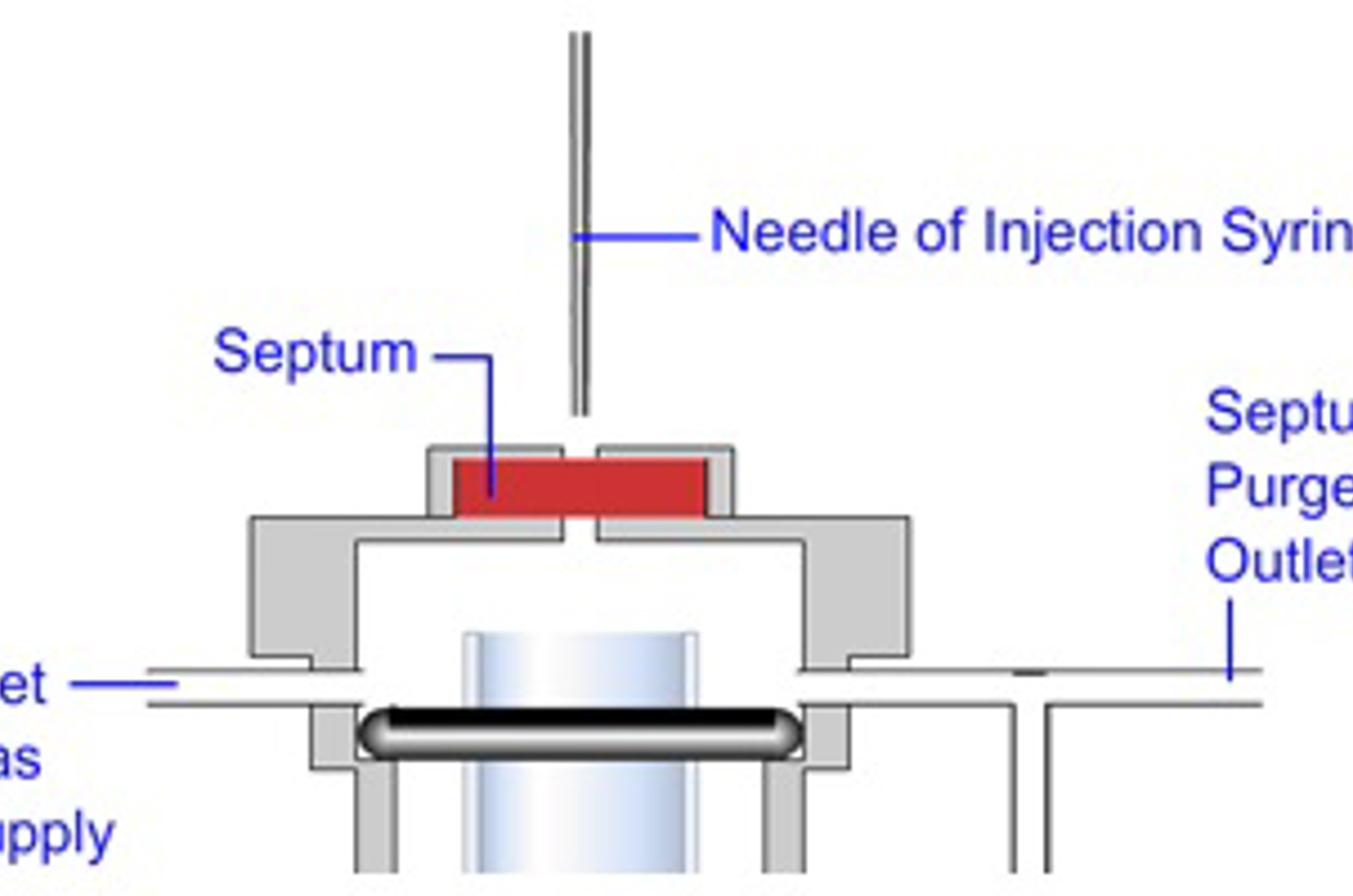
Introduction to the Split/Splitless Inlet
The most common inlet for capillary GC is known as the split/splitless inlet, which as the name suggests, can be operated in two modes, either split or splitless. This module will introduce the main components and gas flows required to operate this inlet. As well as introducing the differences between split and splitless injection.

CHROMtalks - Optimizing Sample Introduction in GC through Focusing Techniques and Appropriate Inlet Selection
This webcast aims to elucidate the process of selecting an appropriate column and GC inlet, beginning from a consideration of these two parameters.
